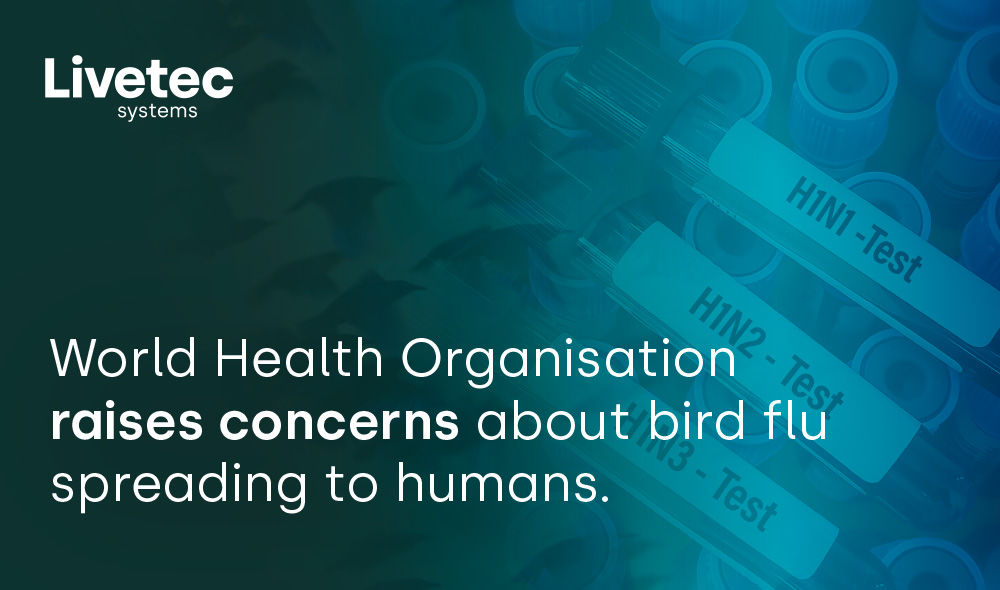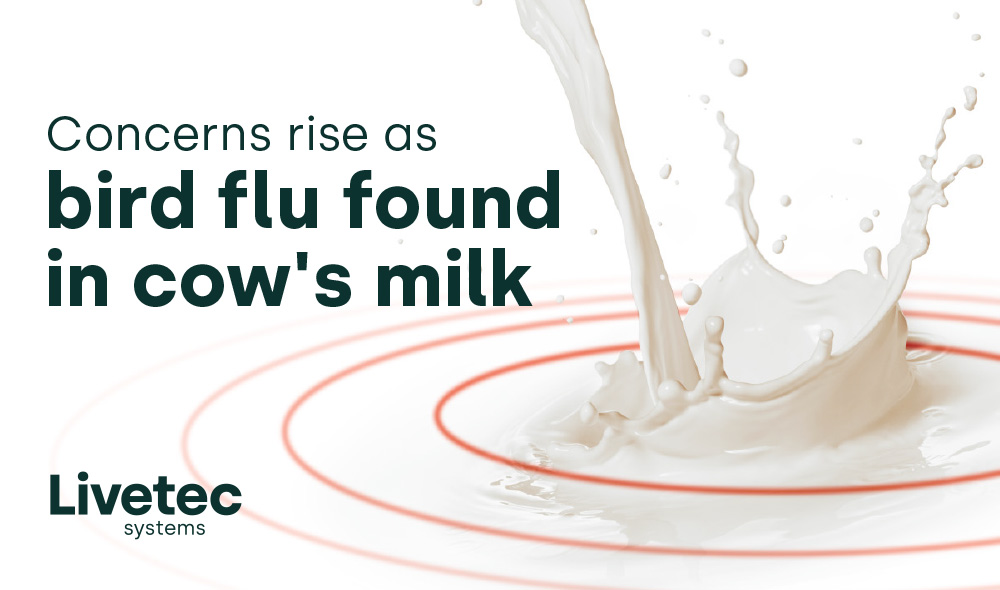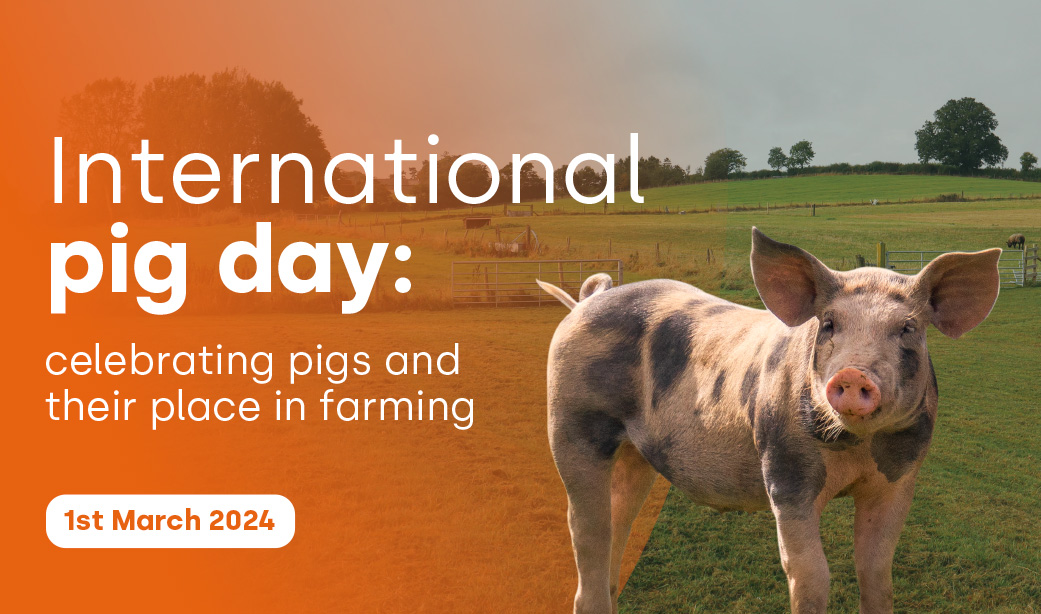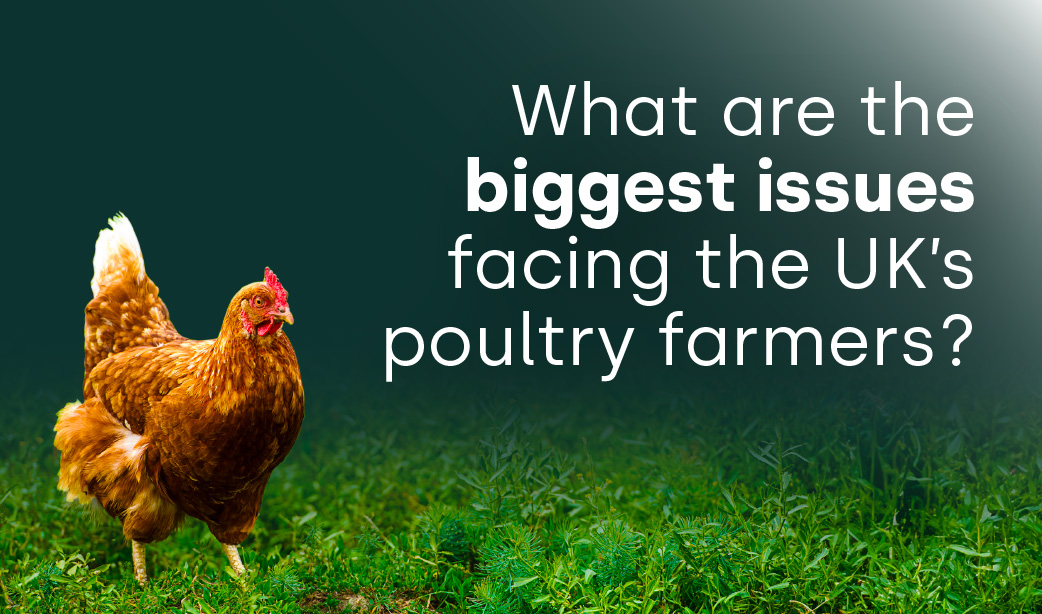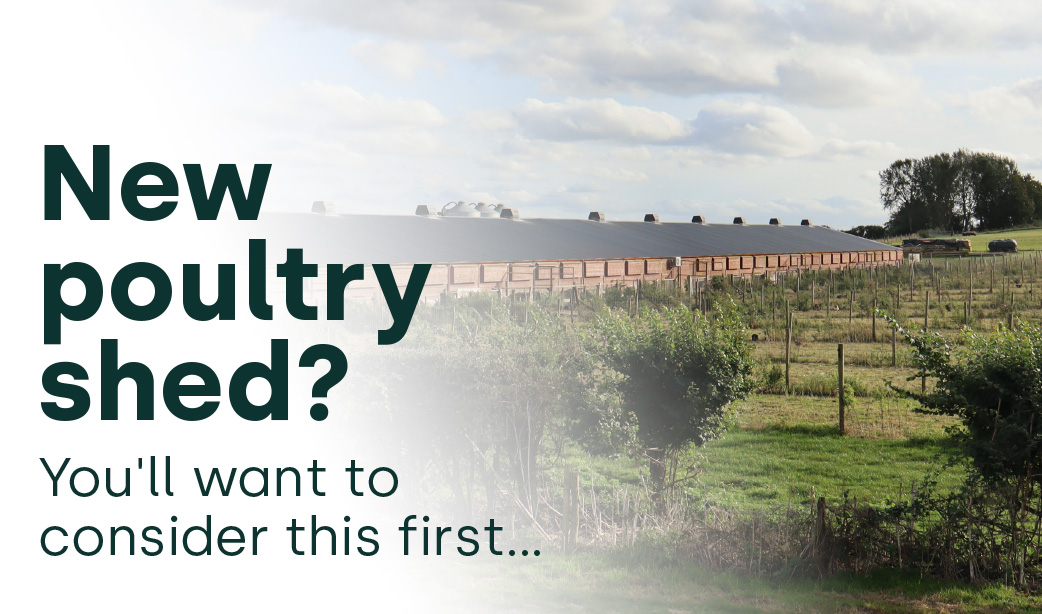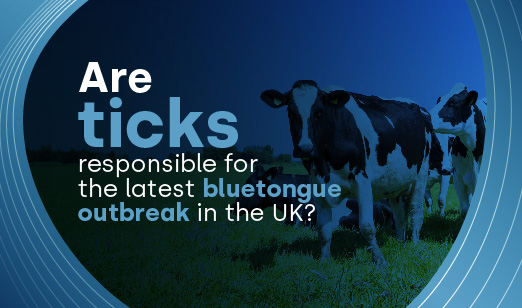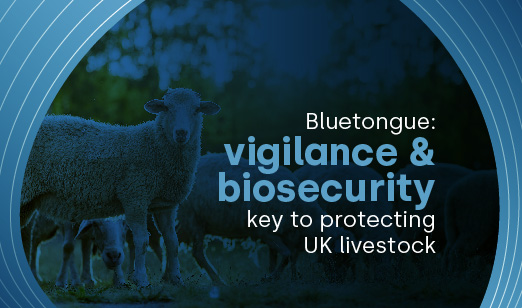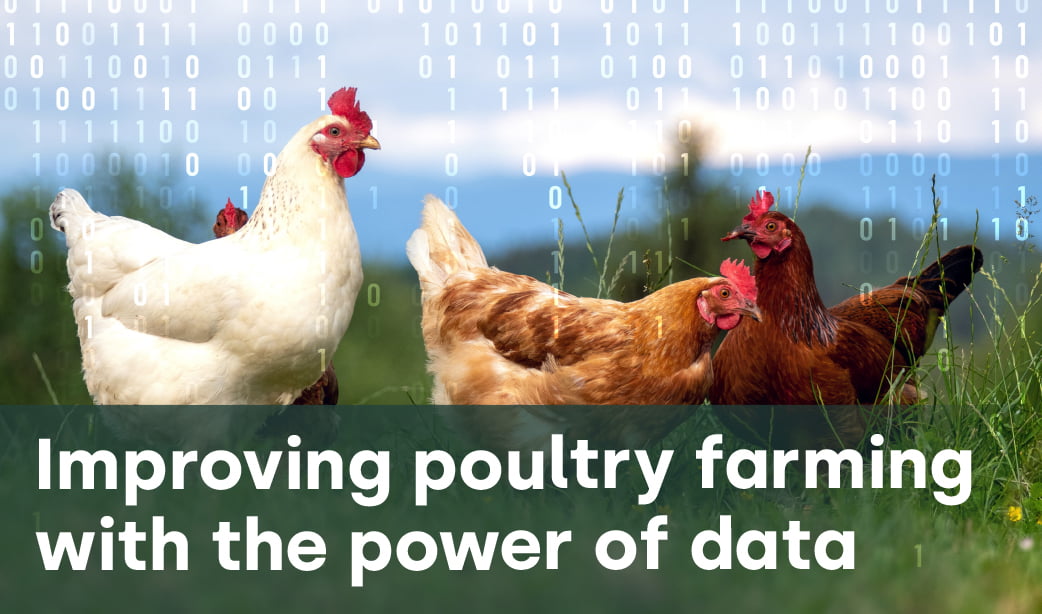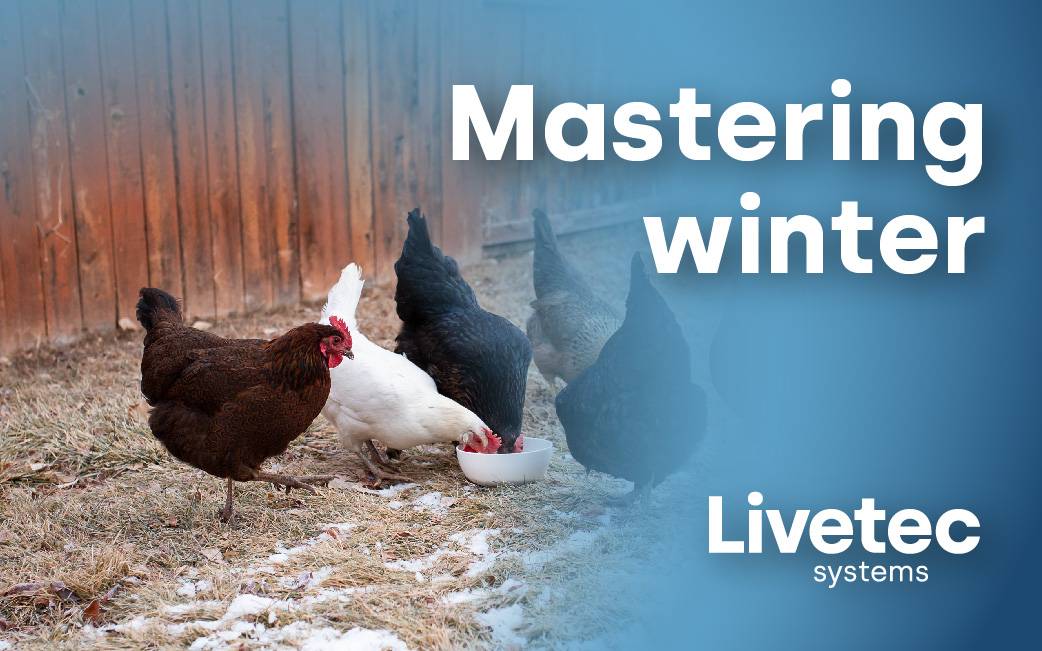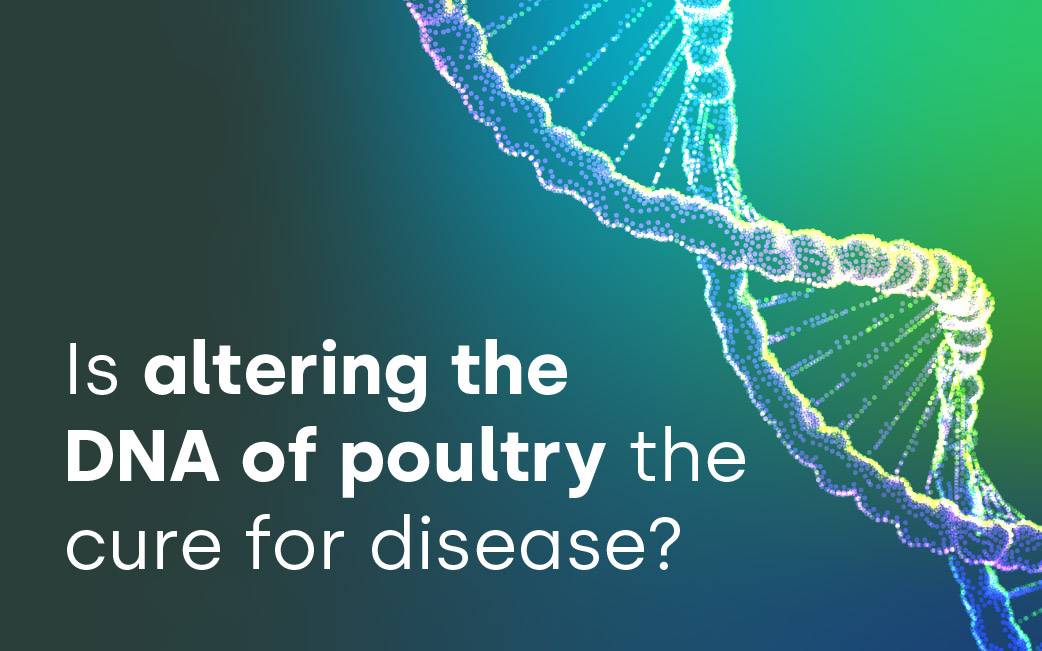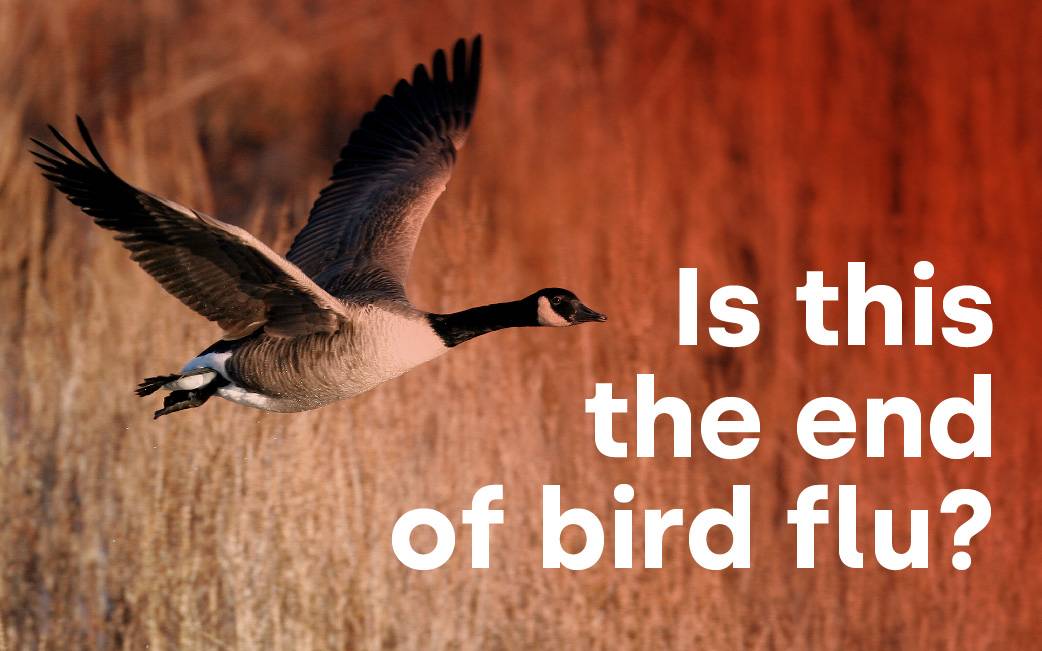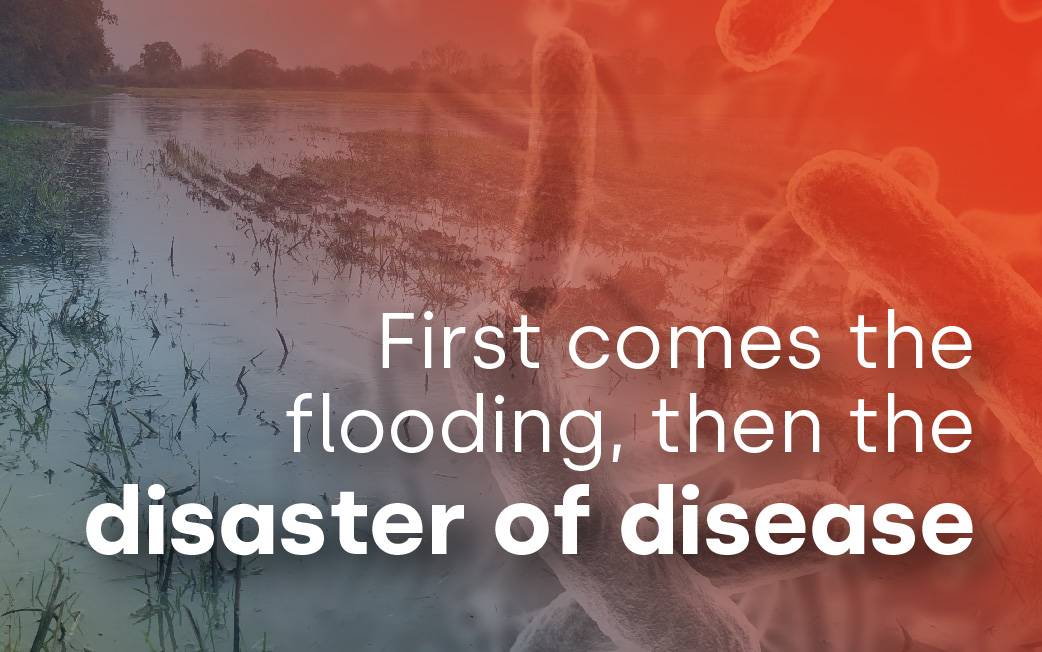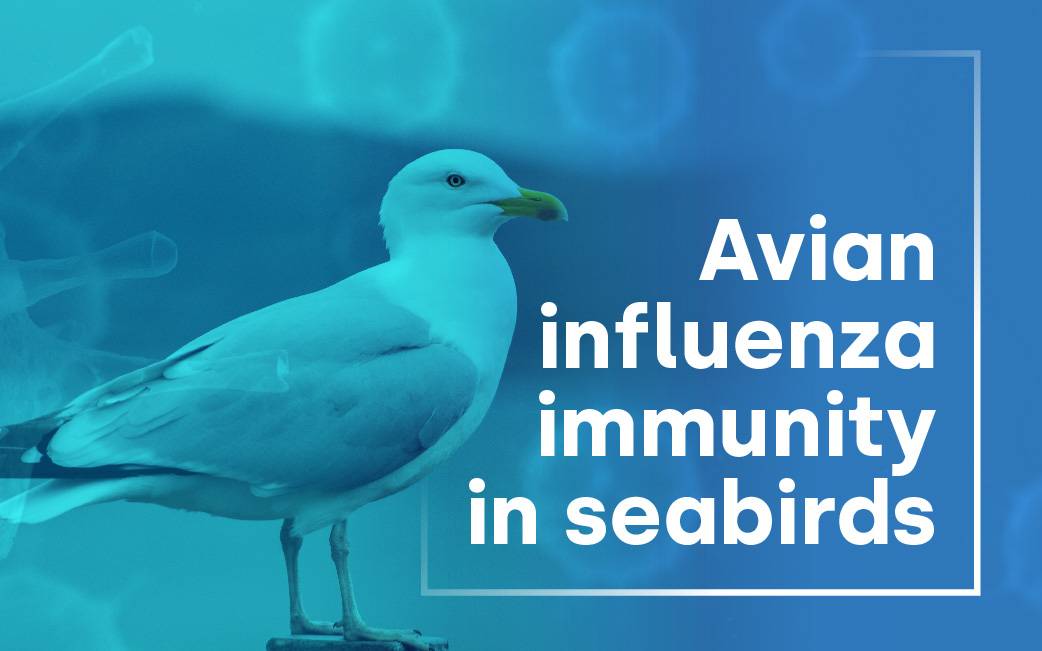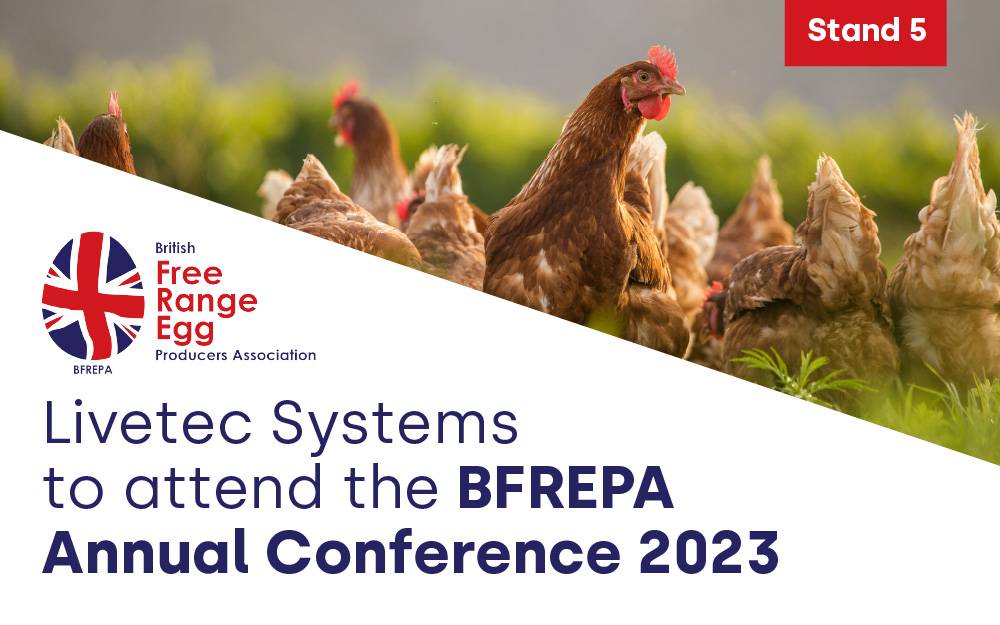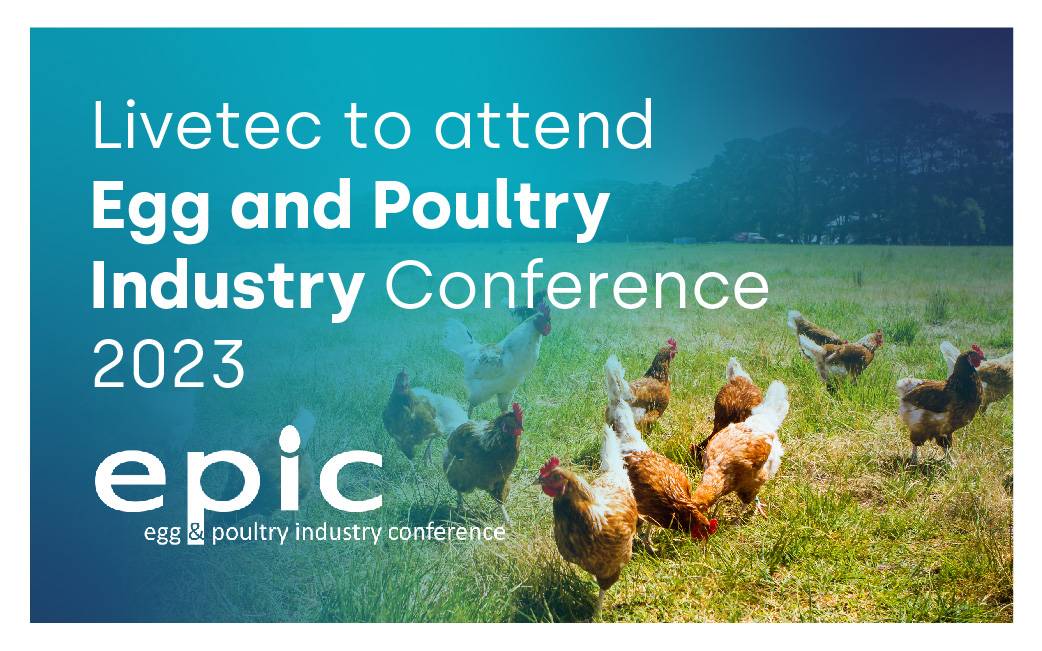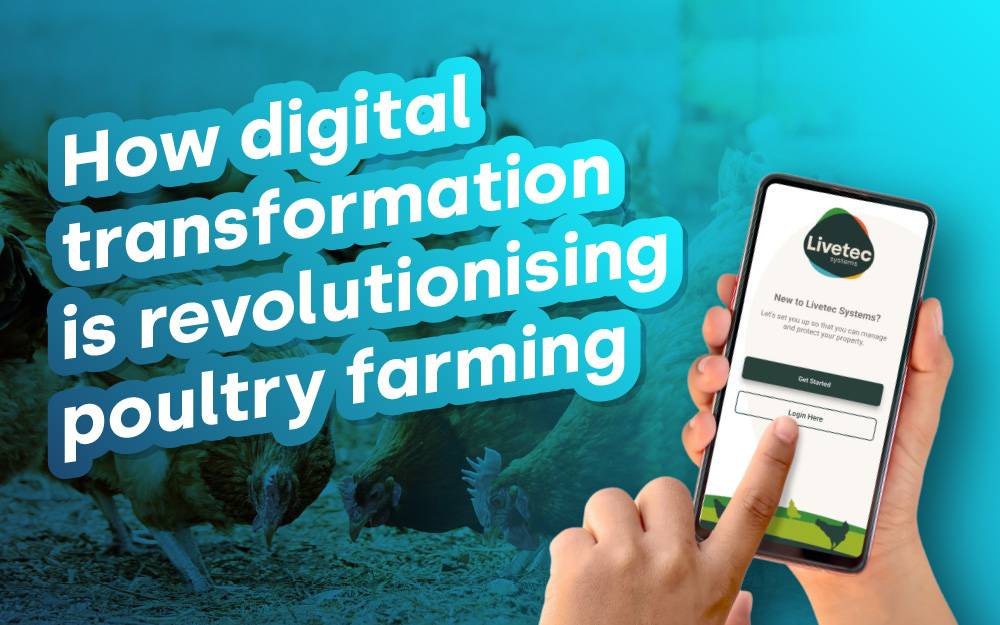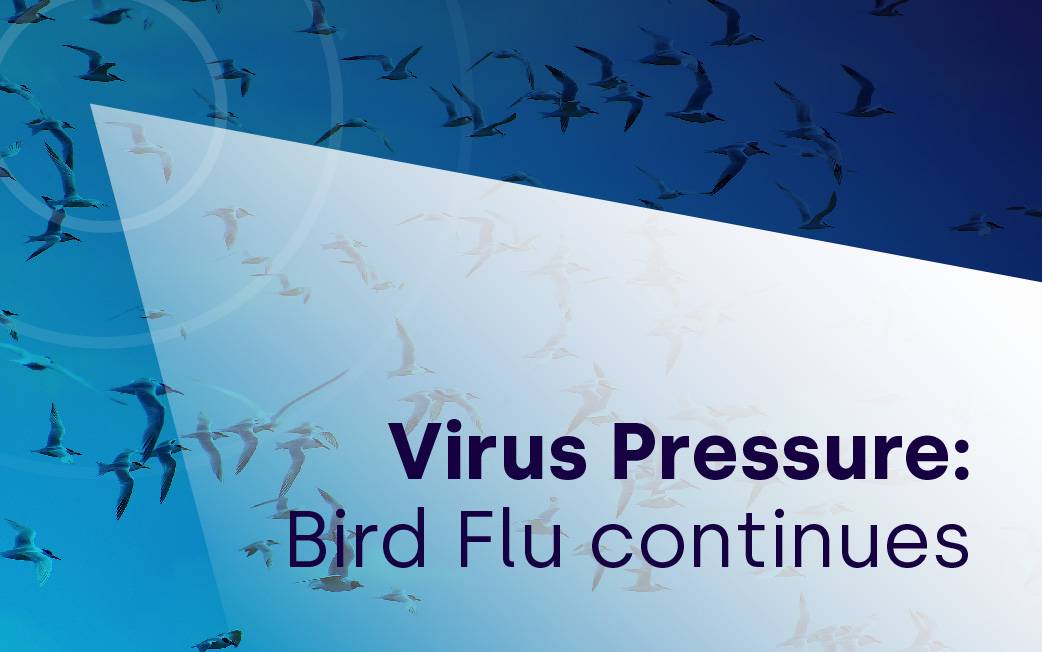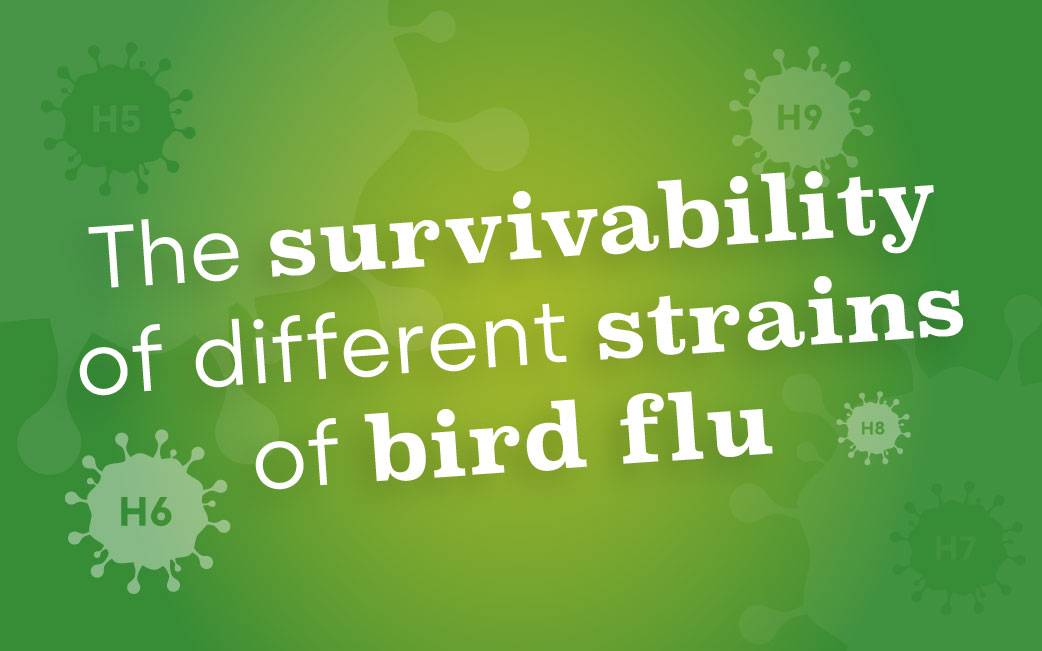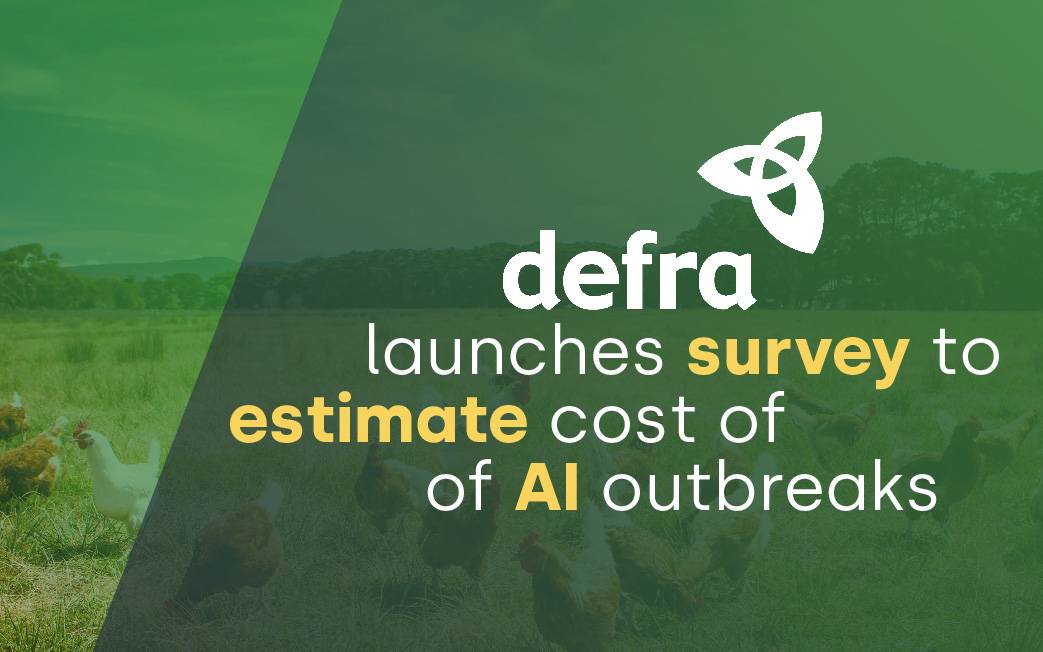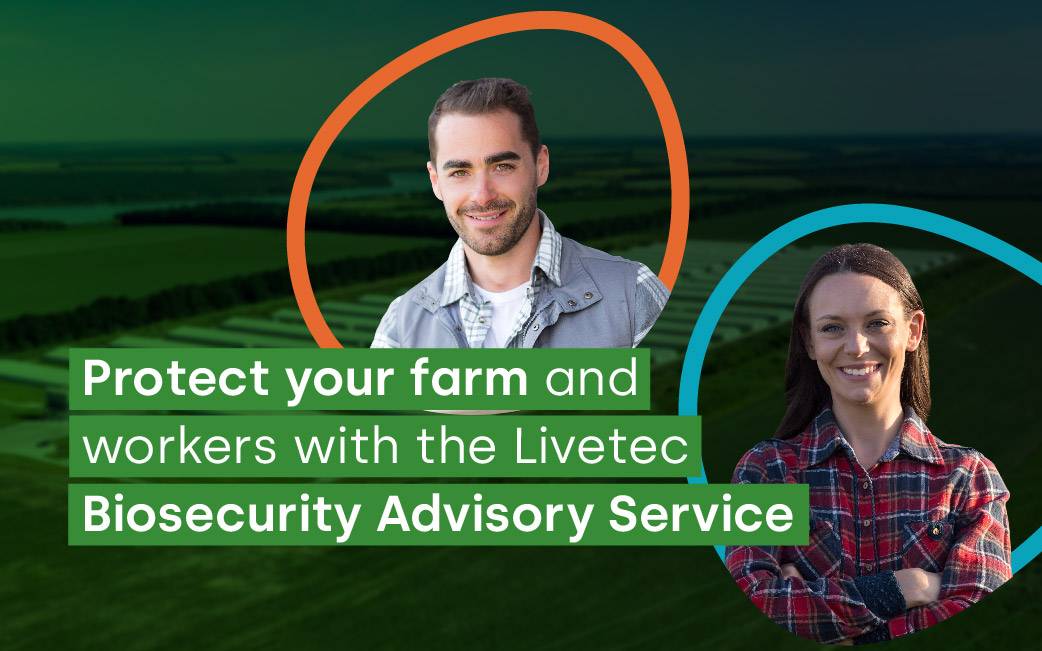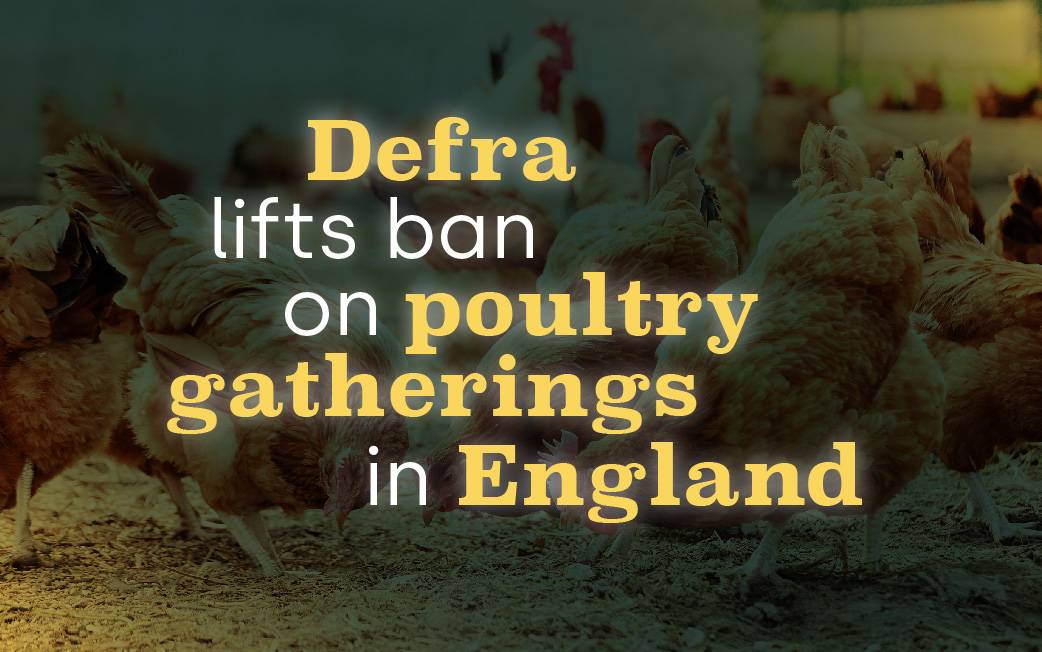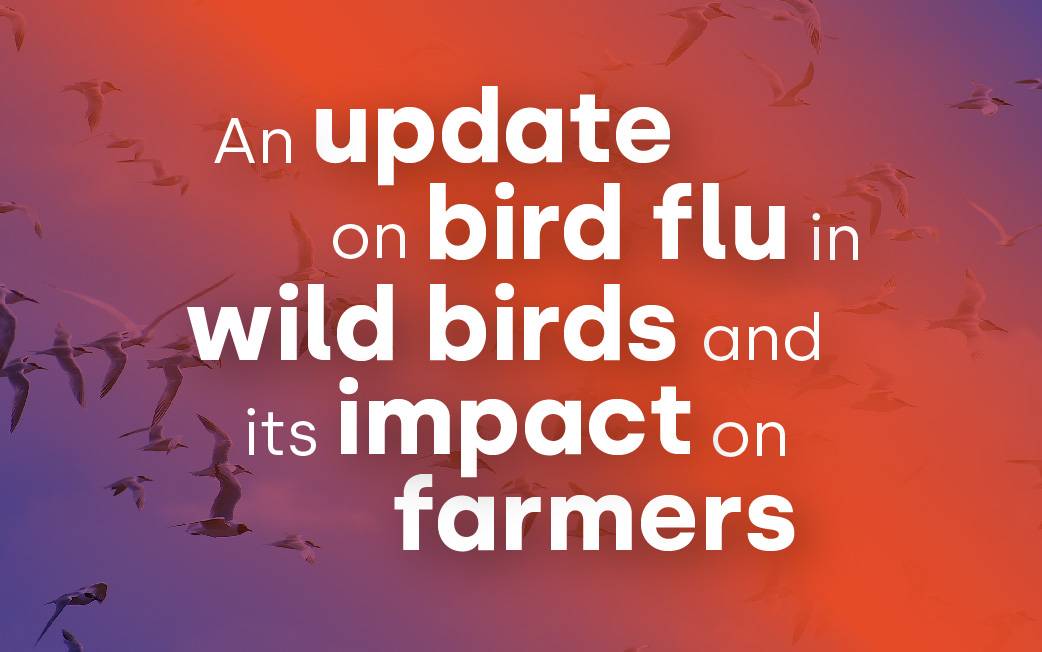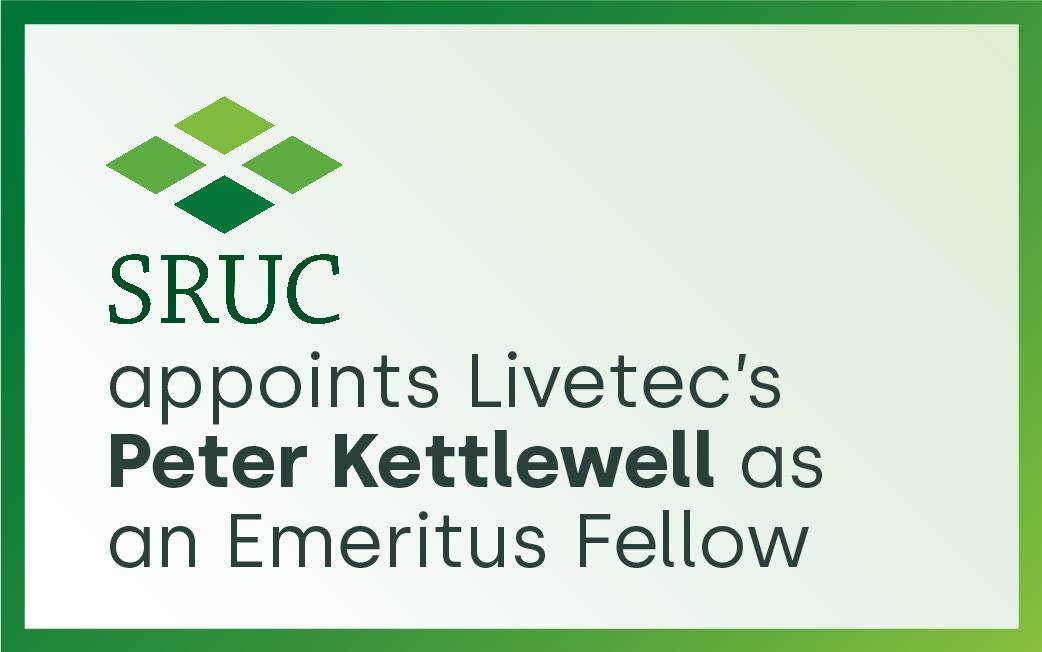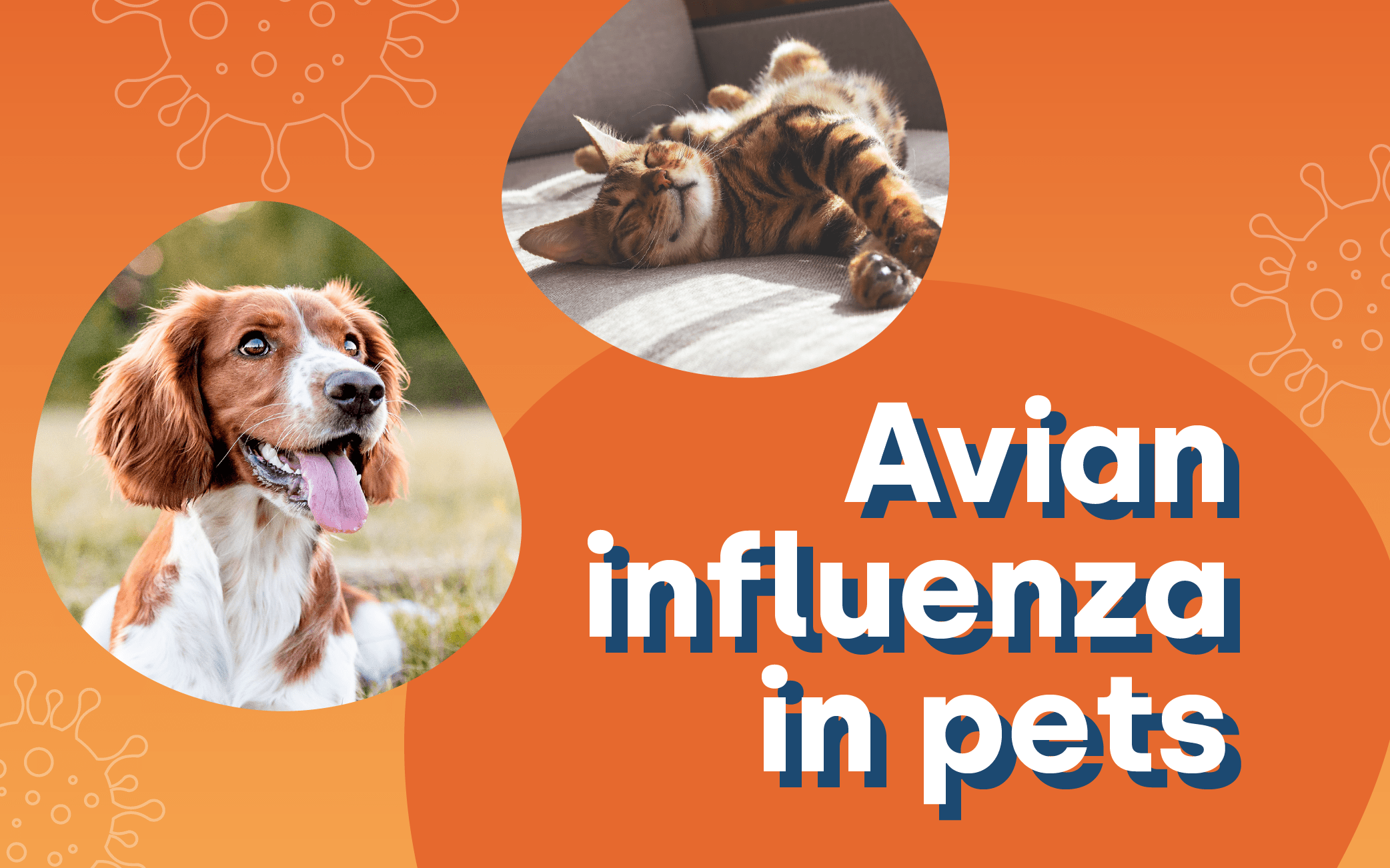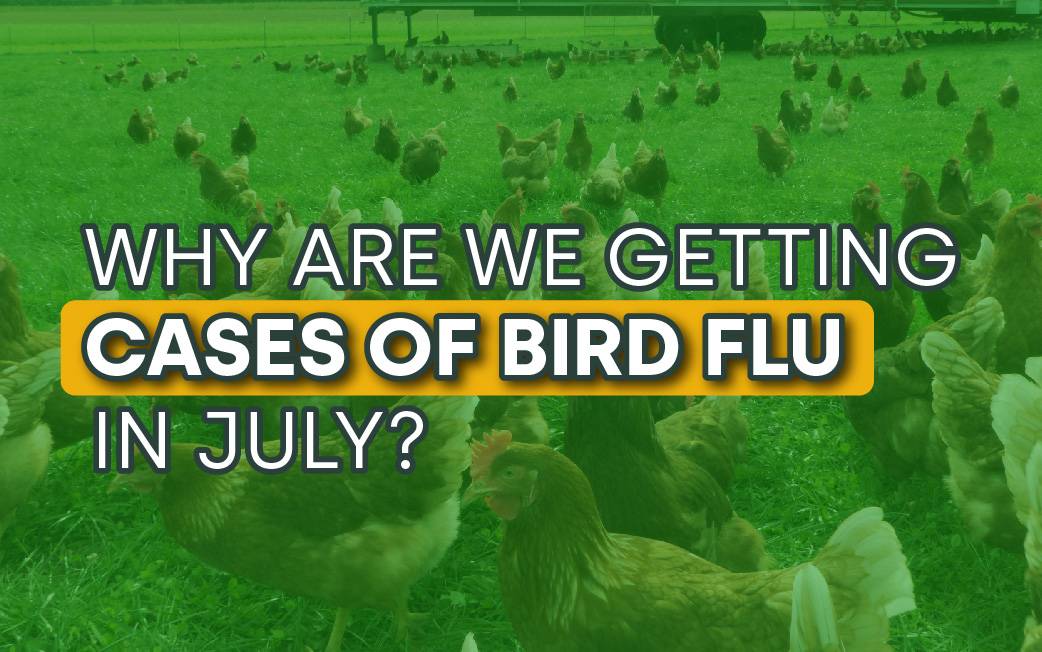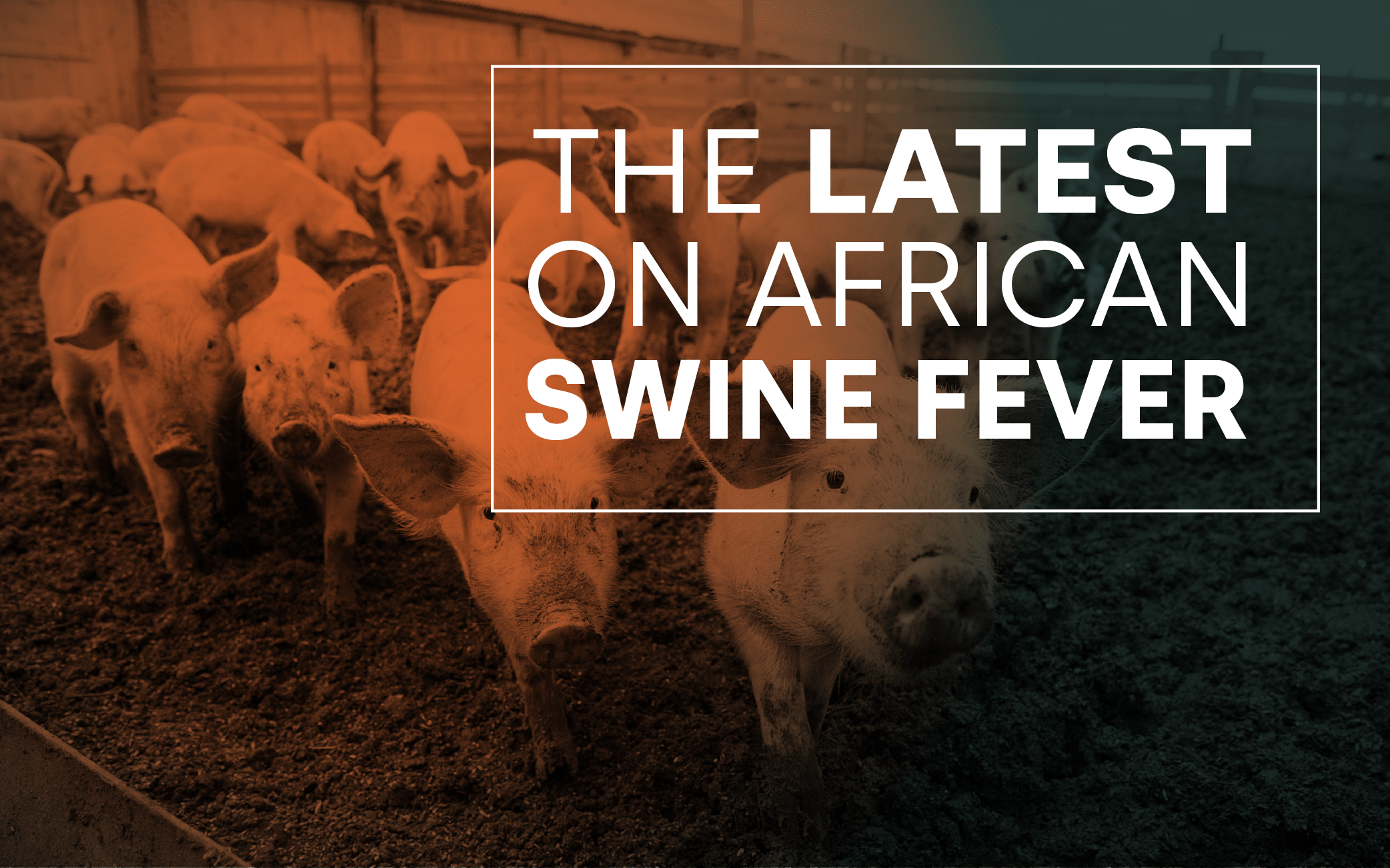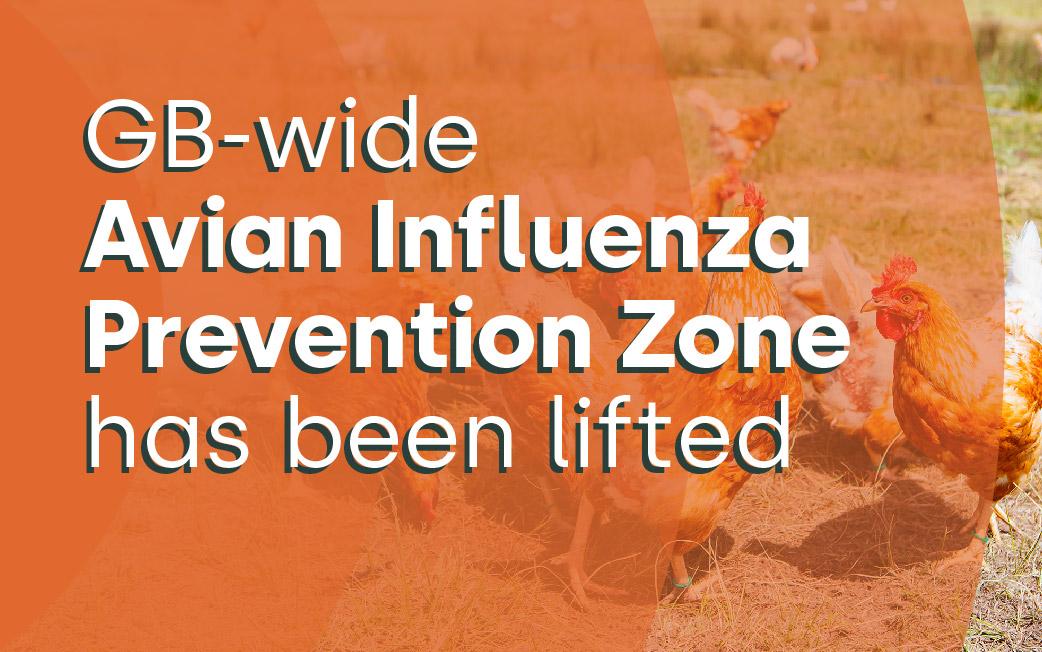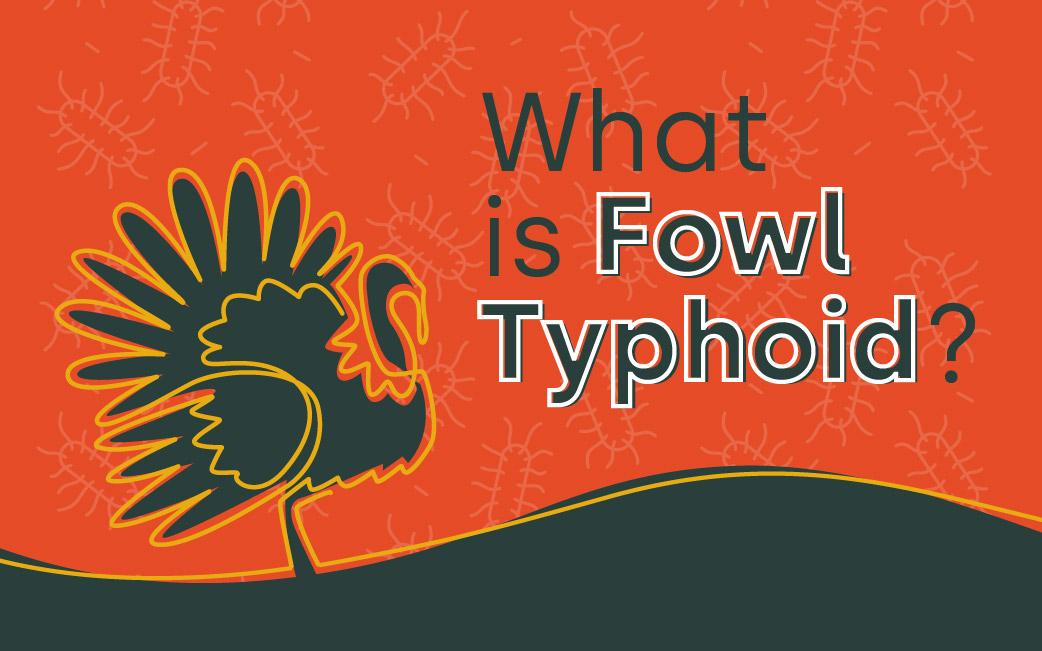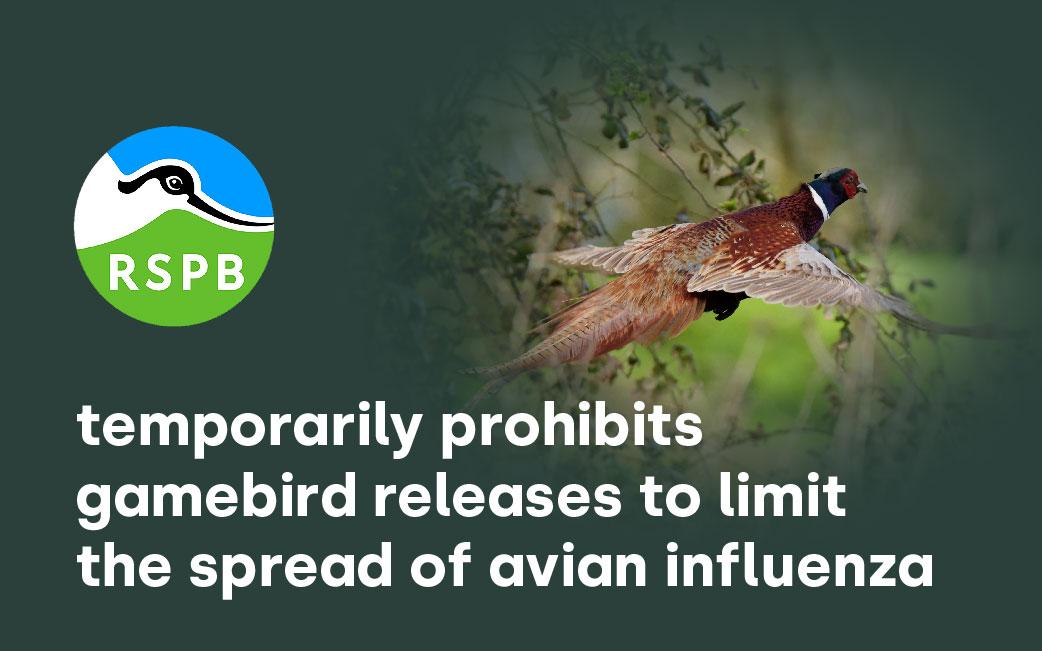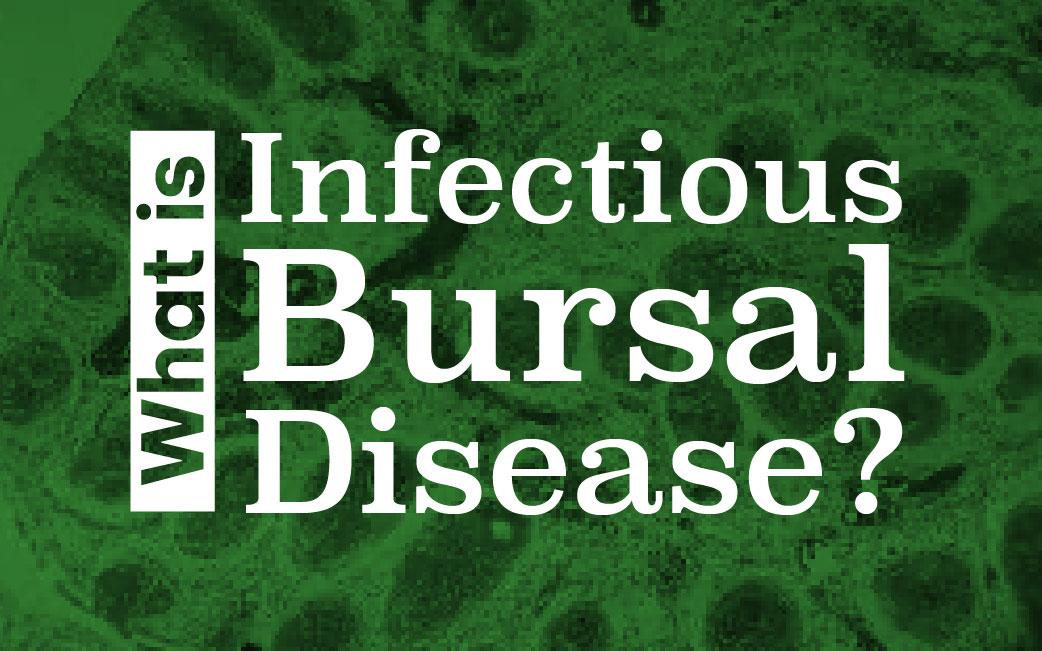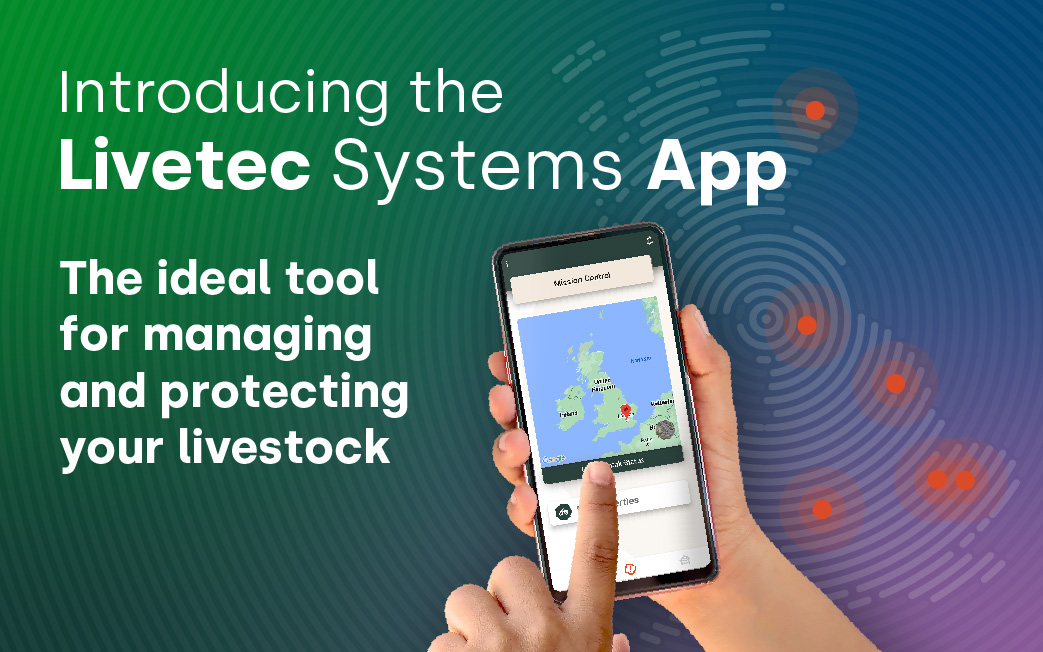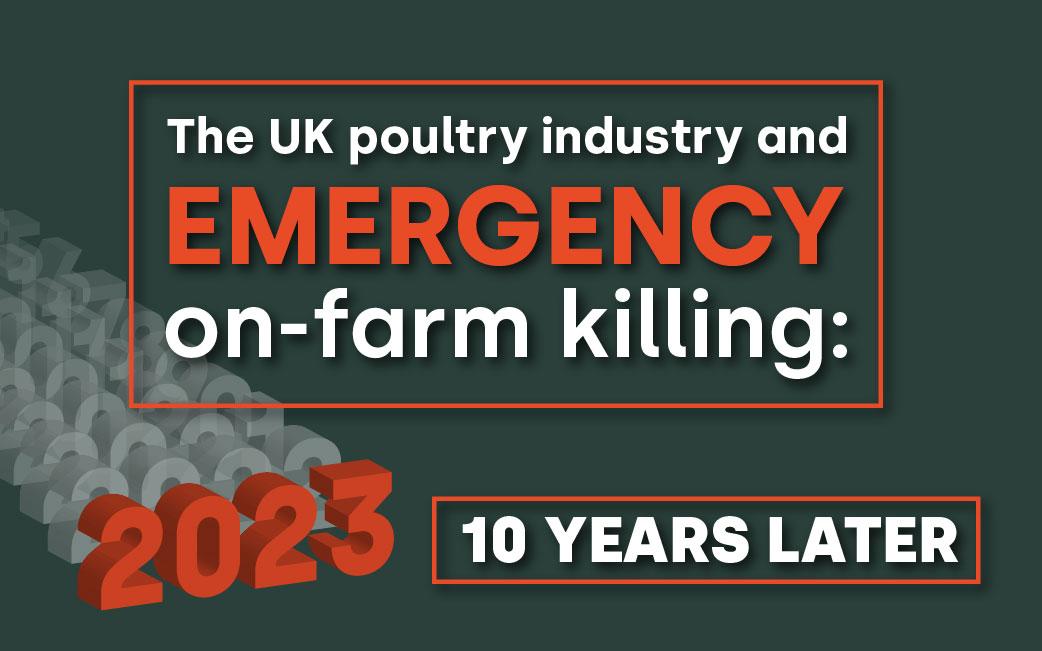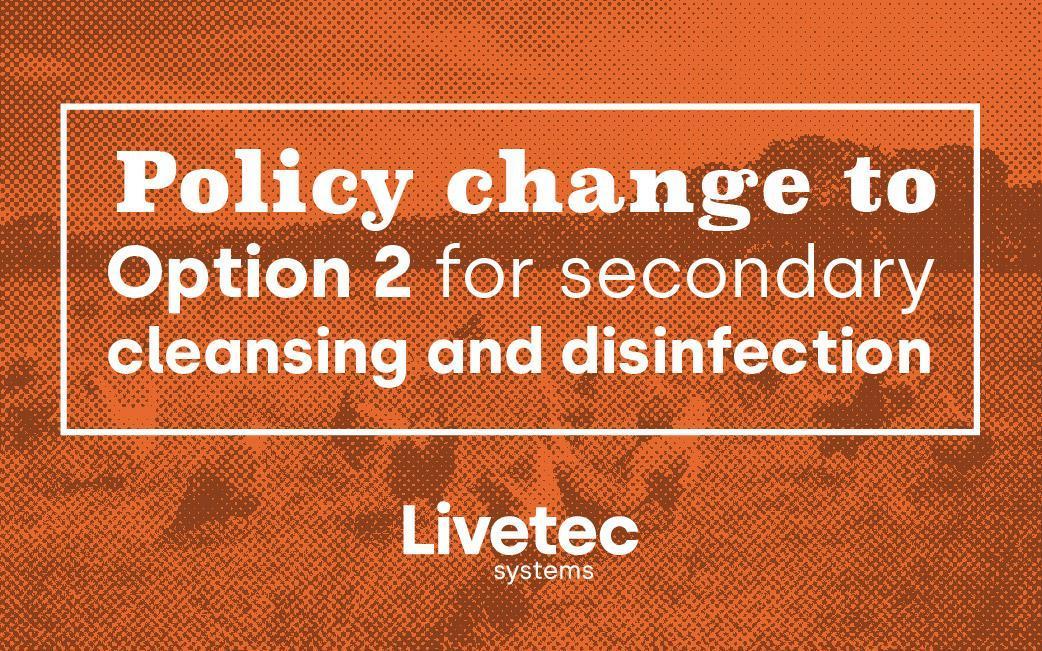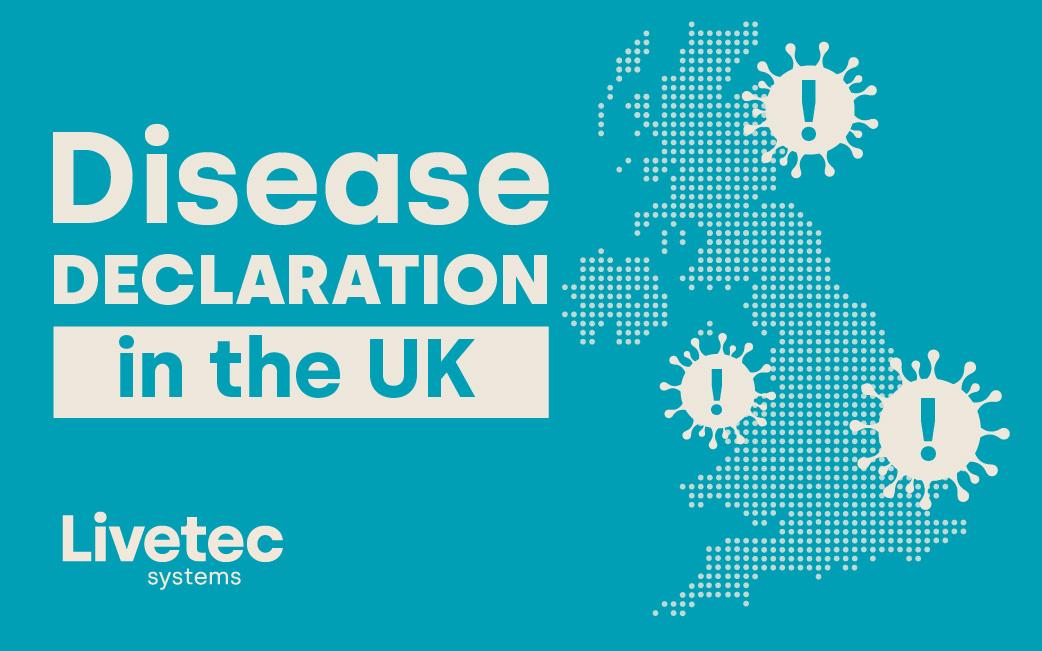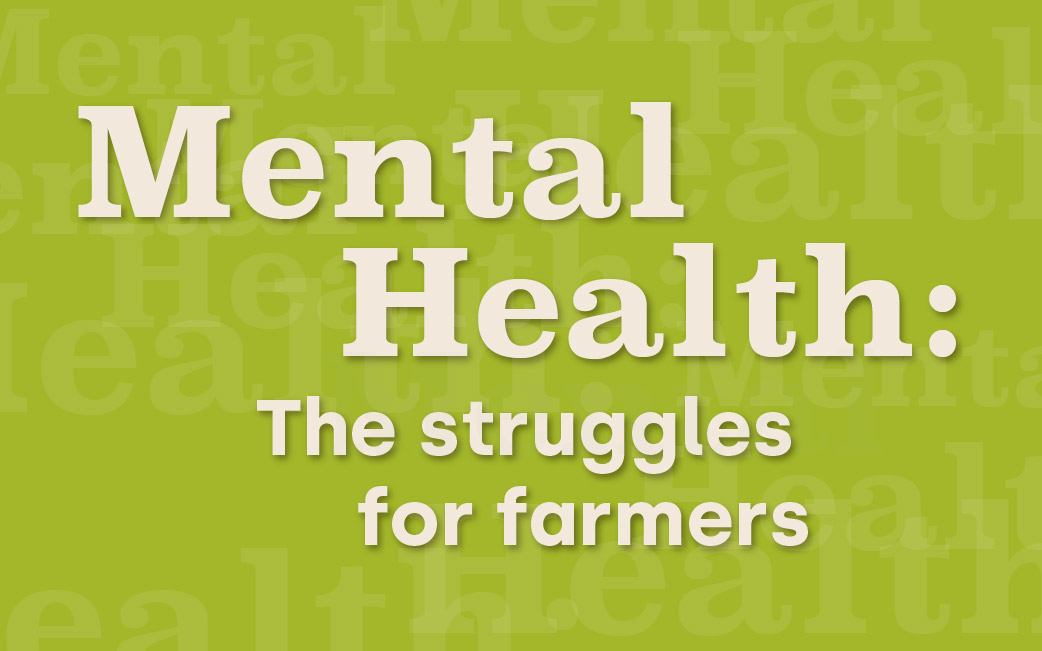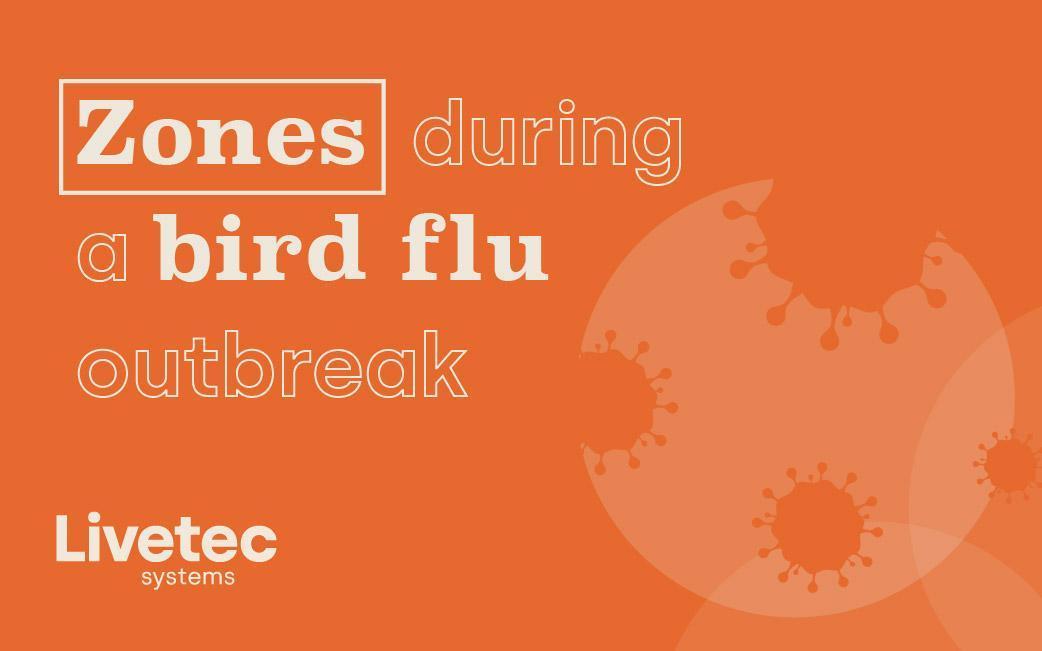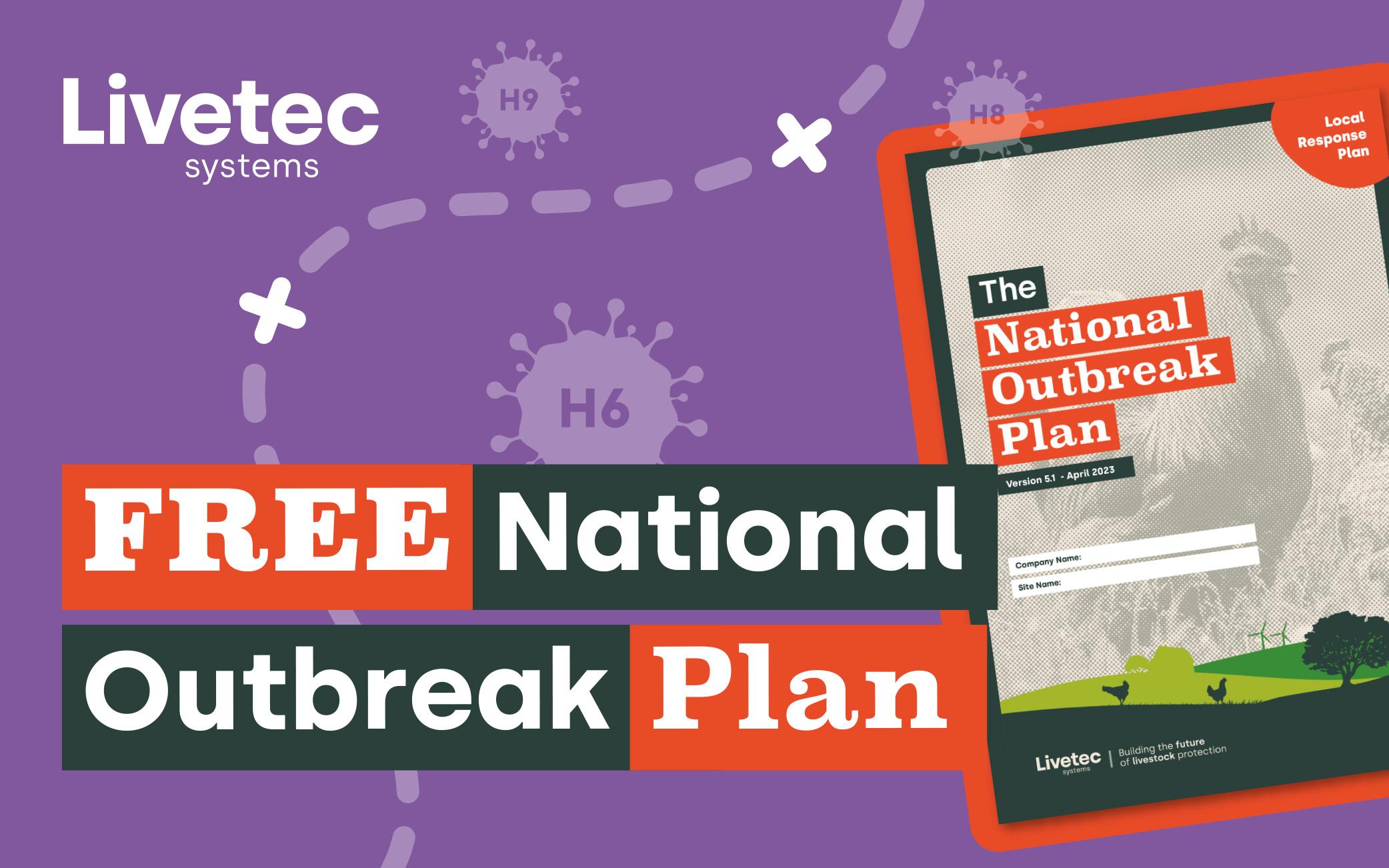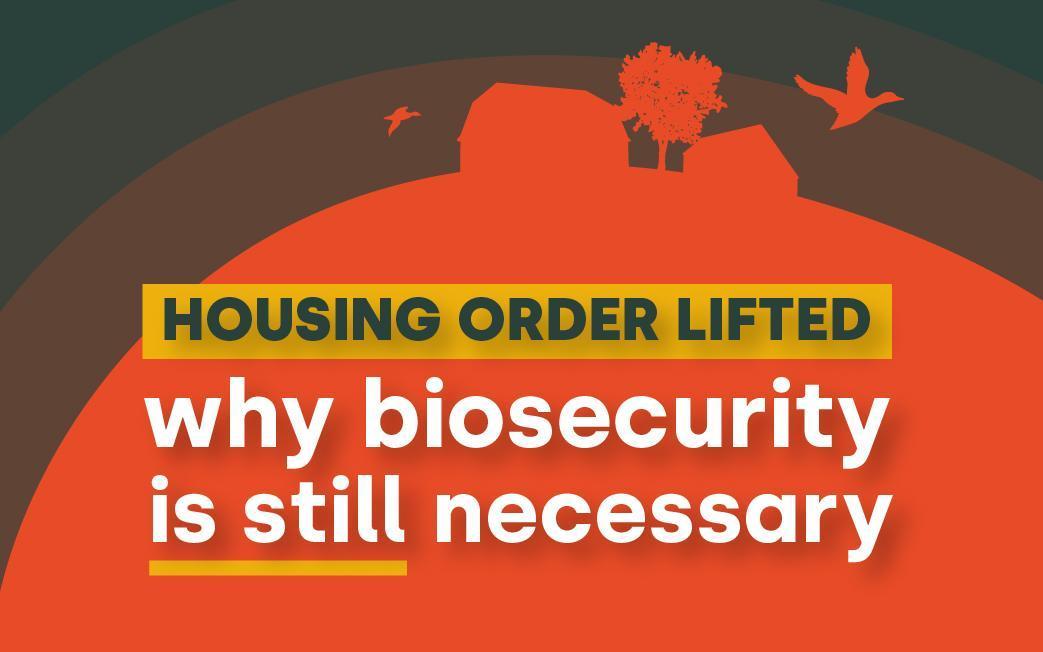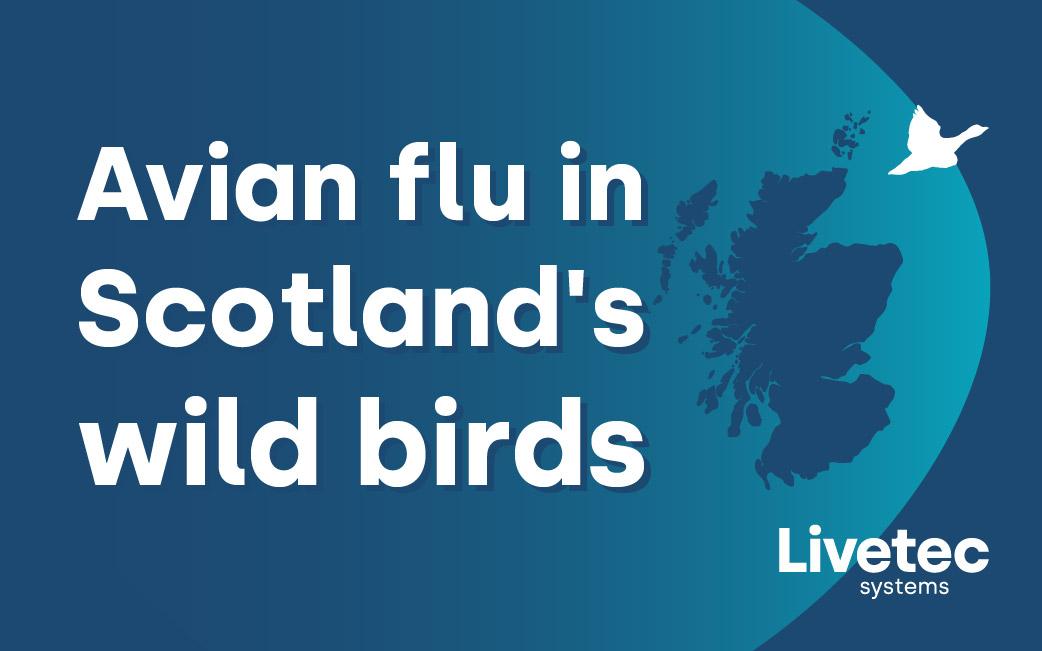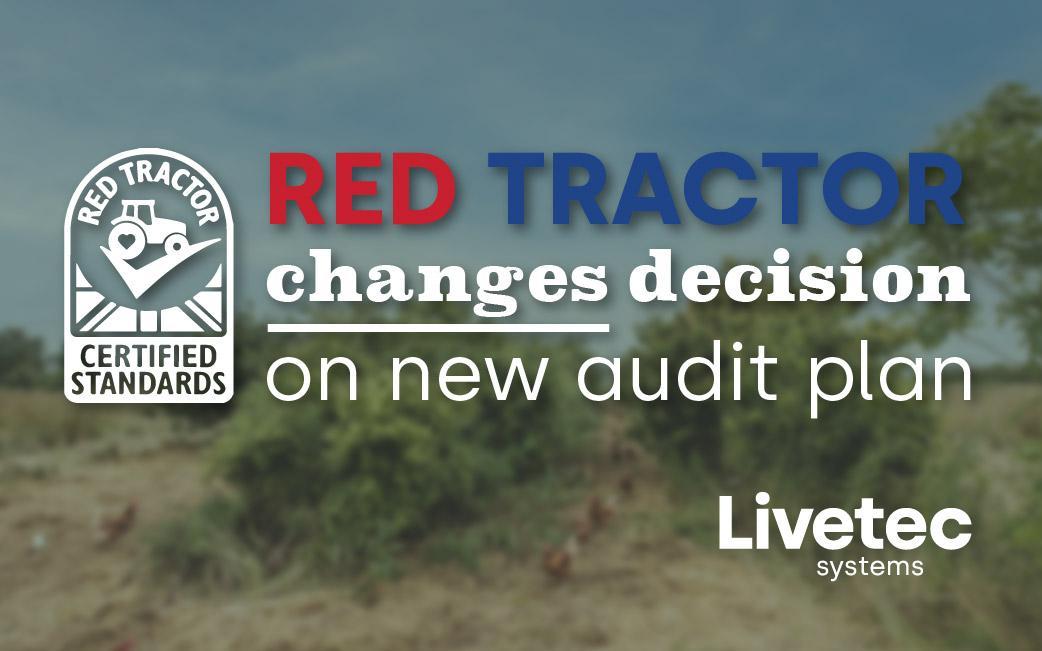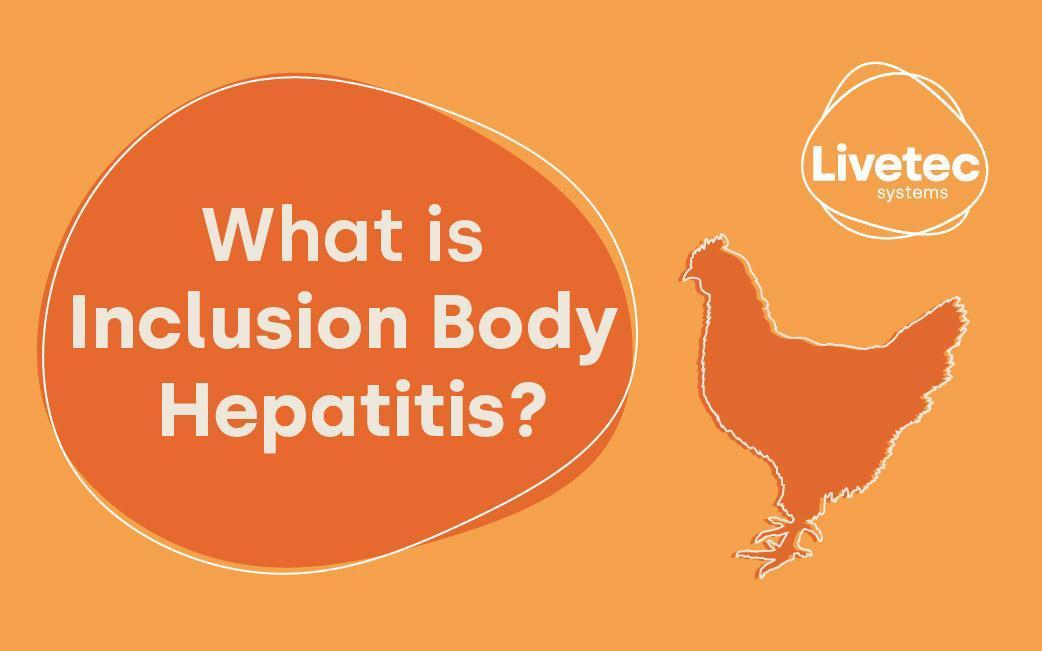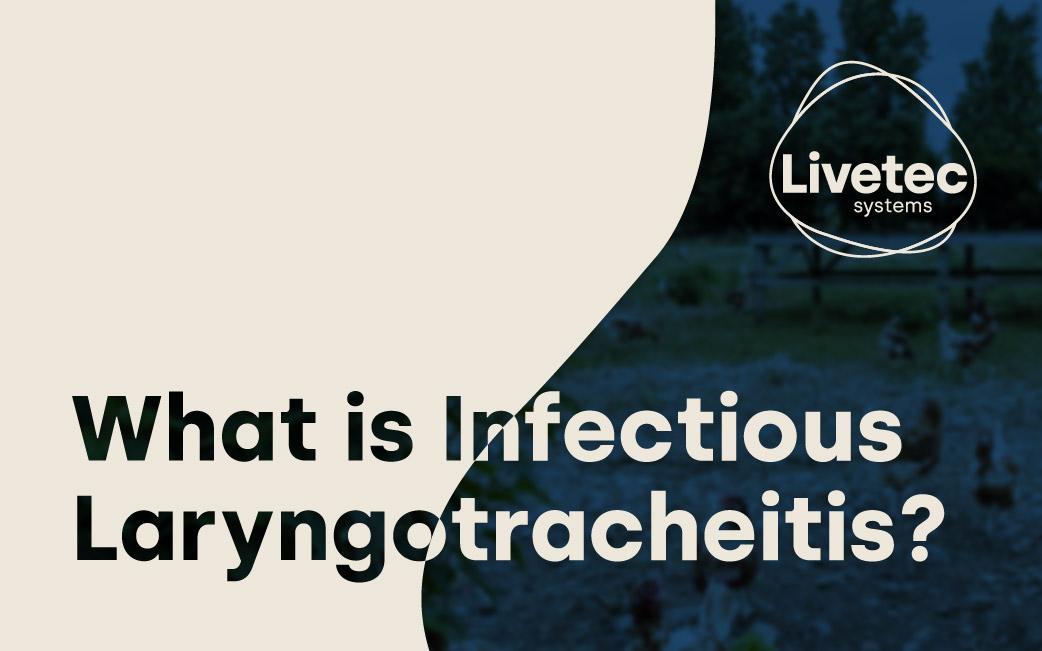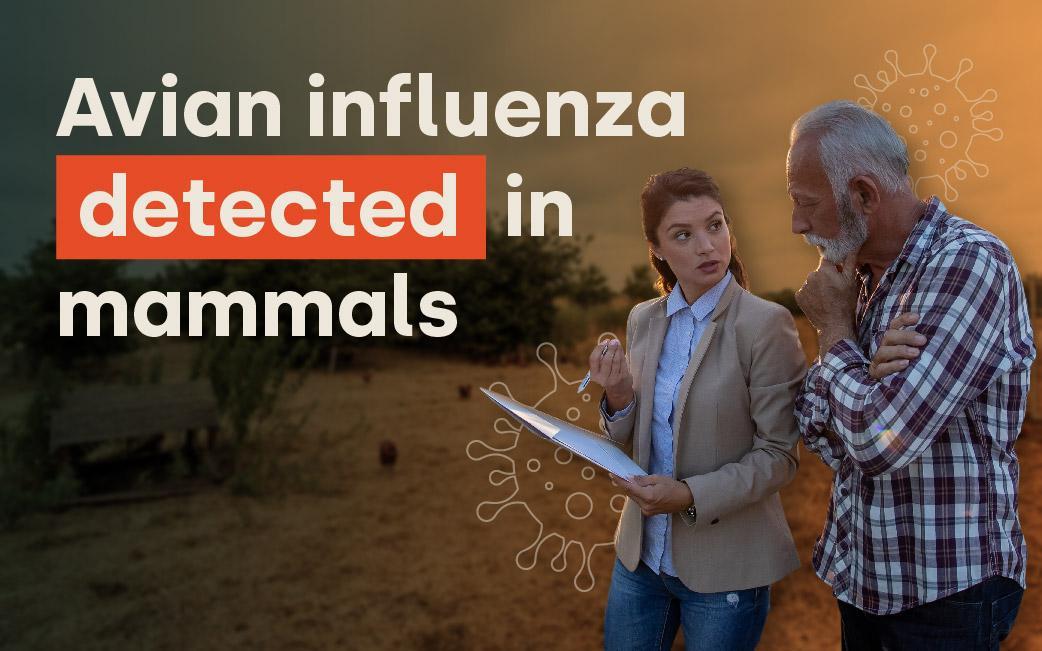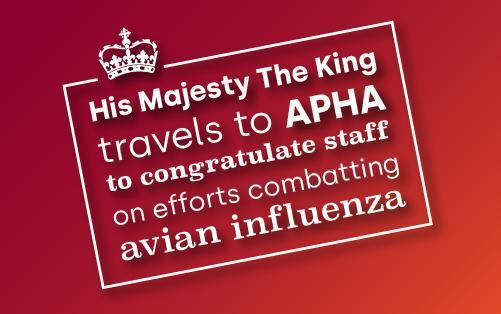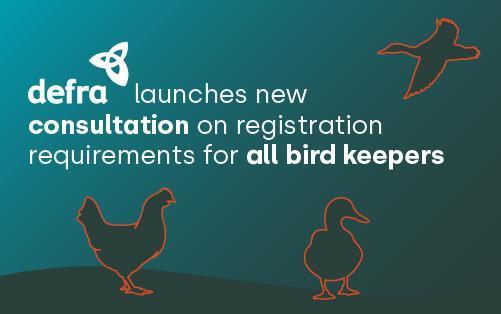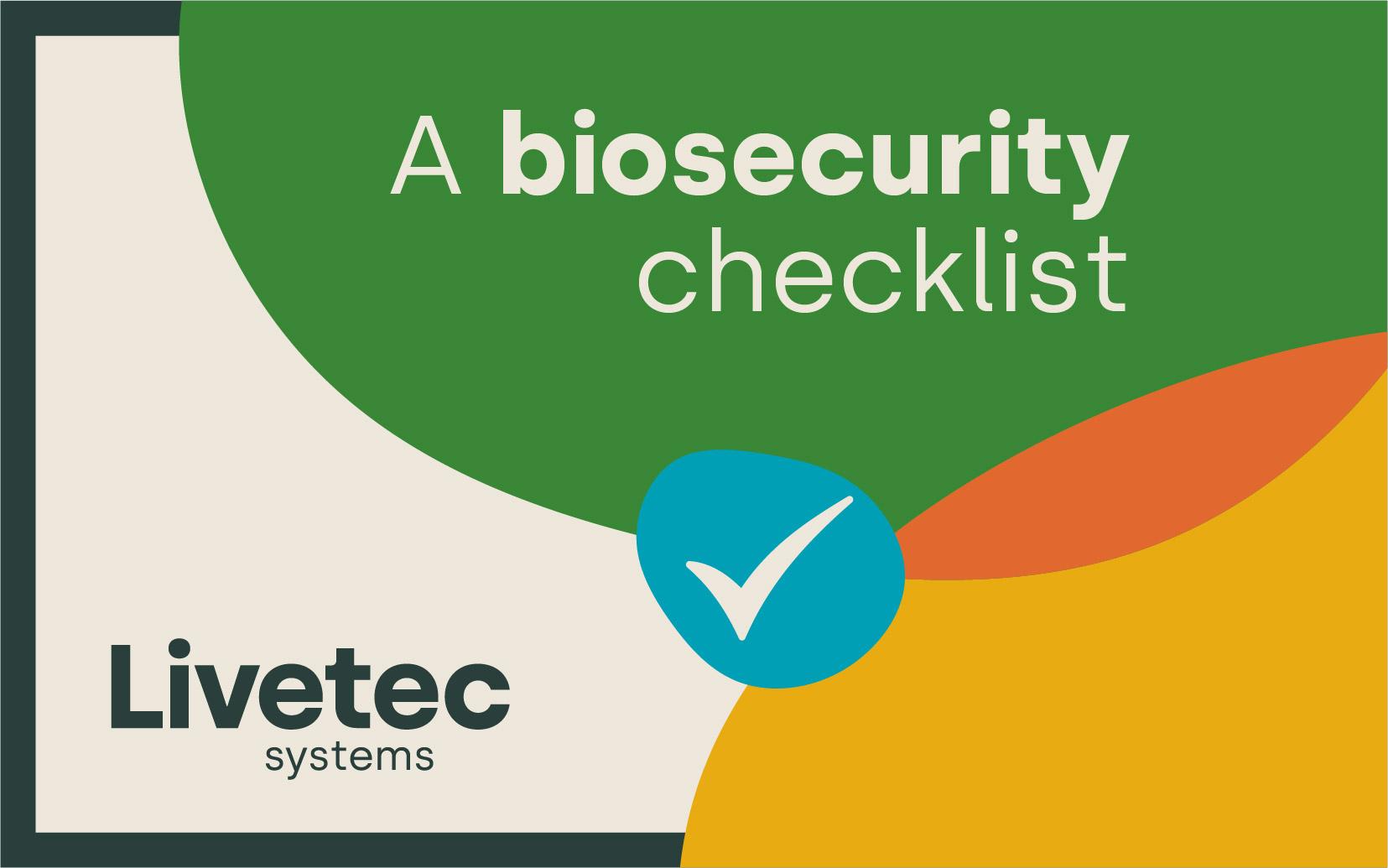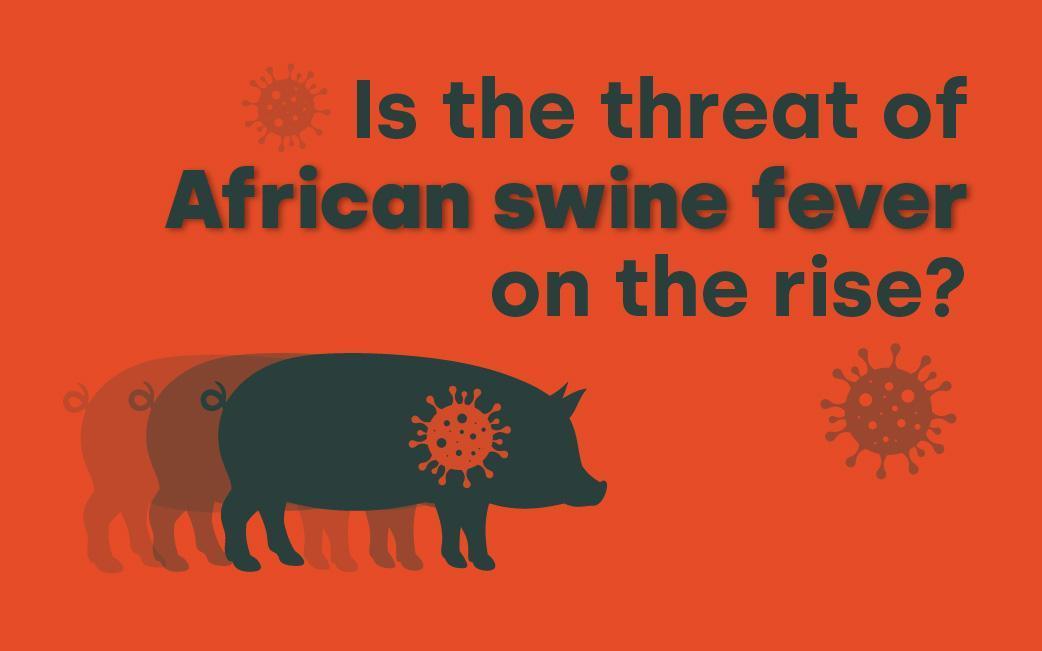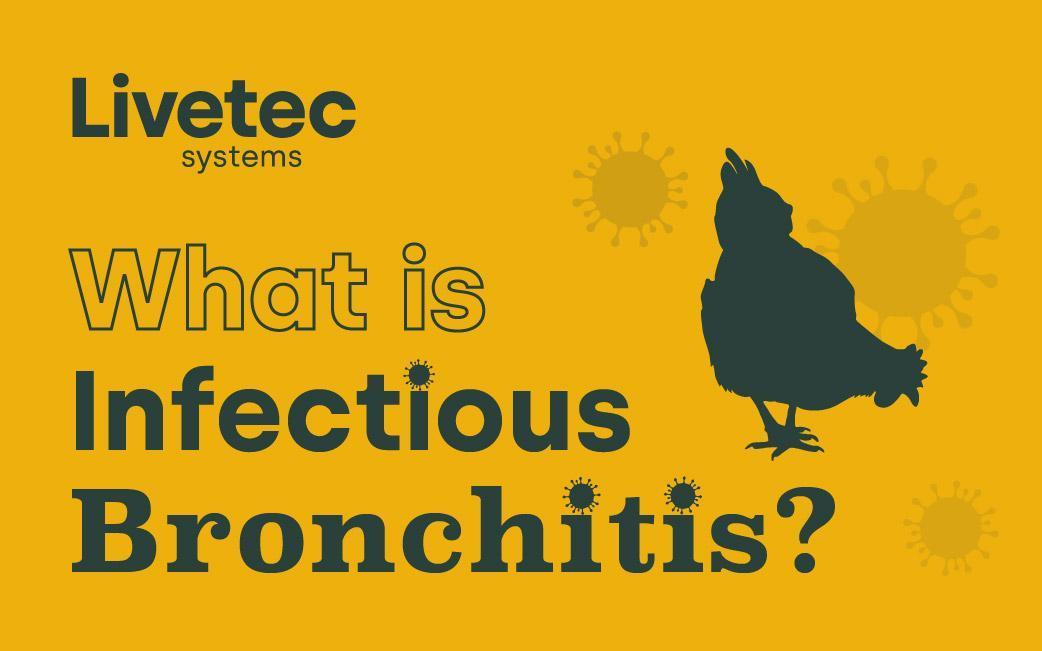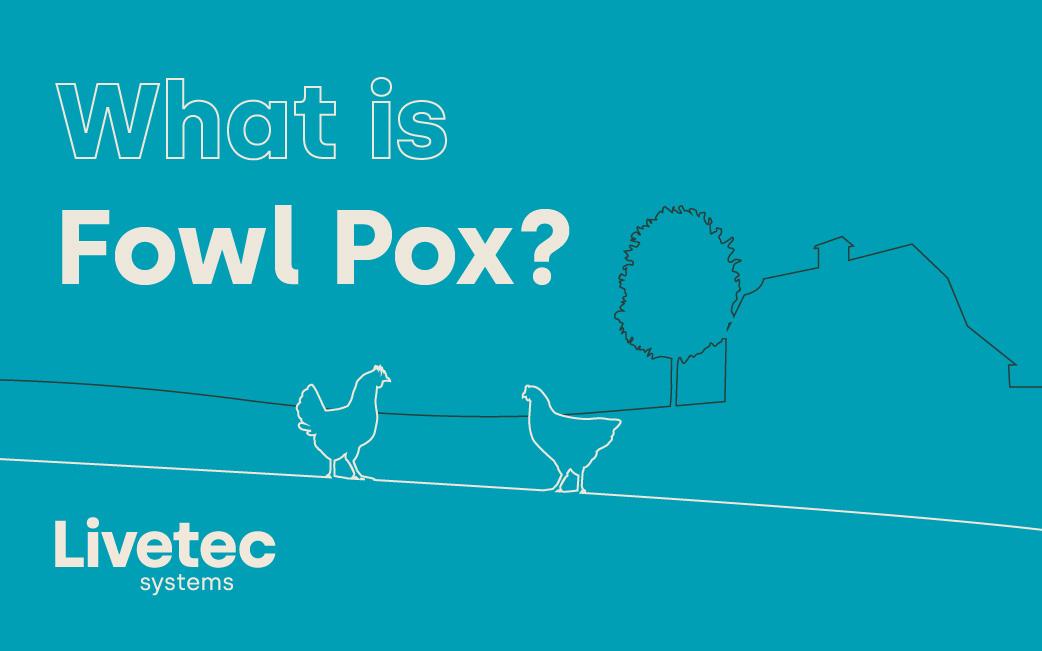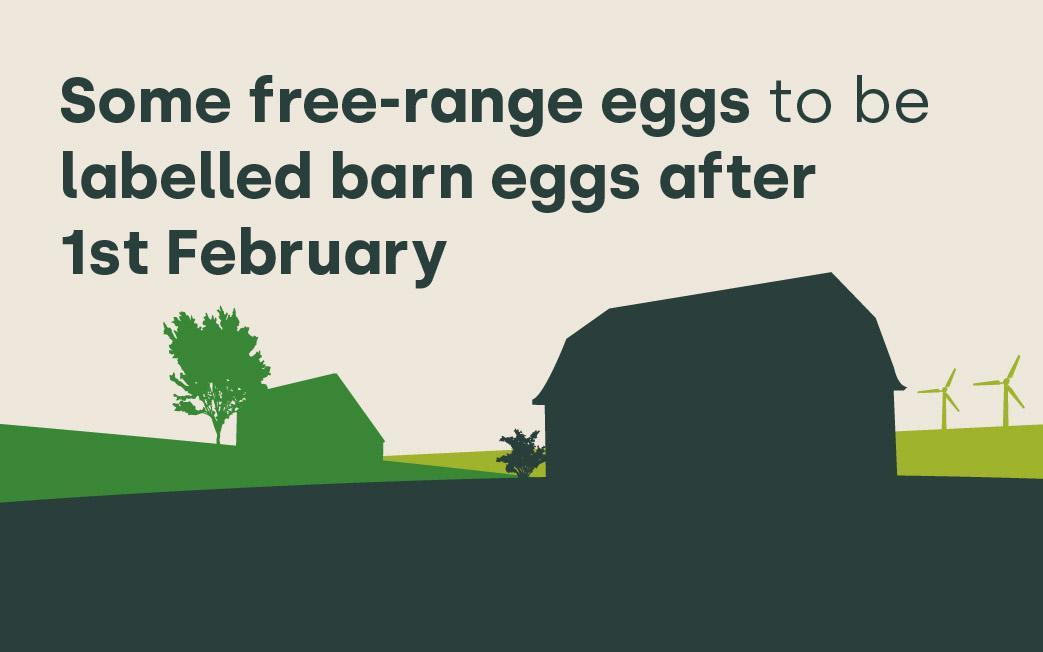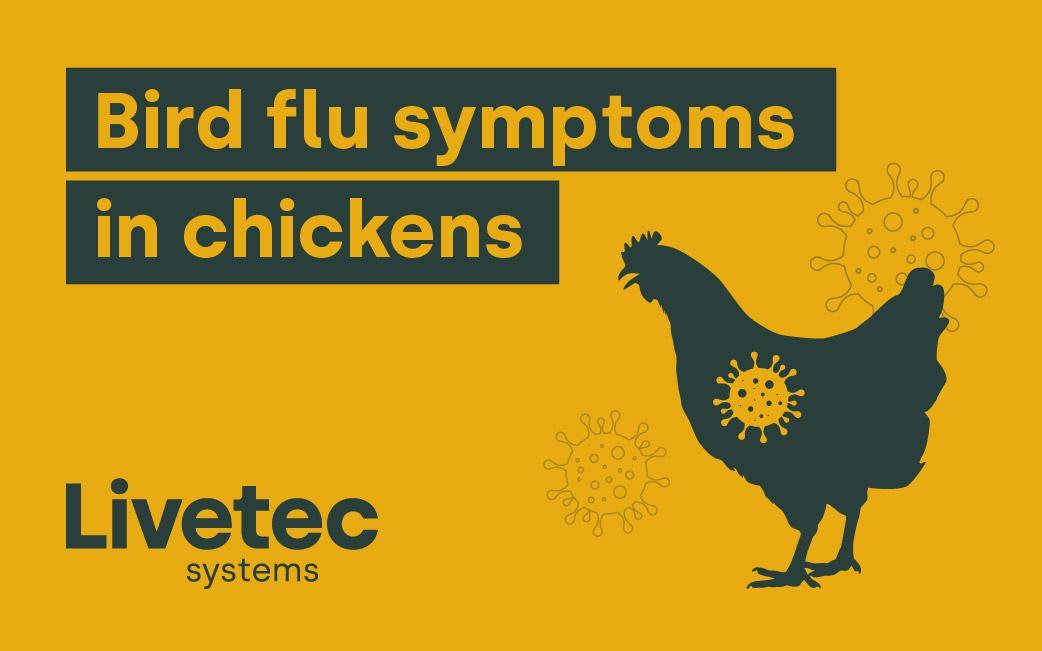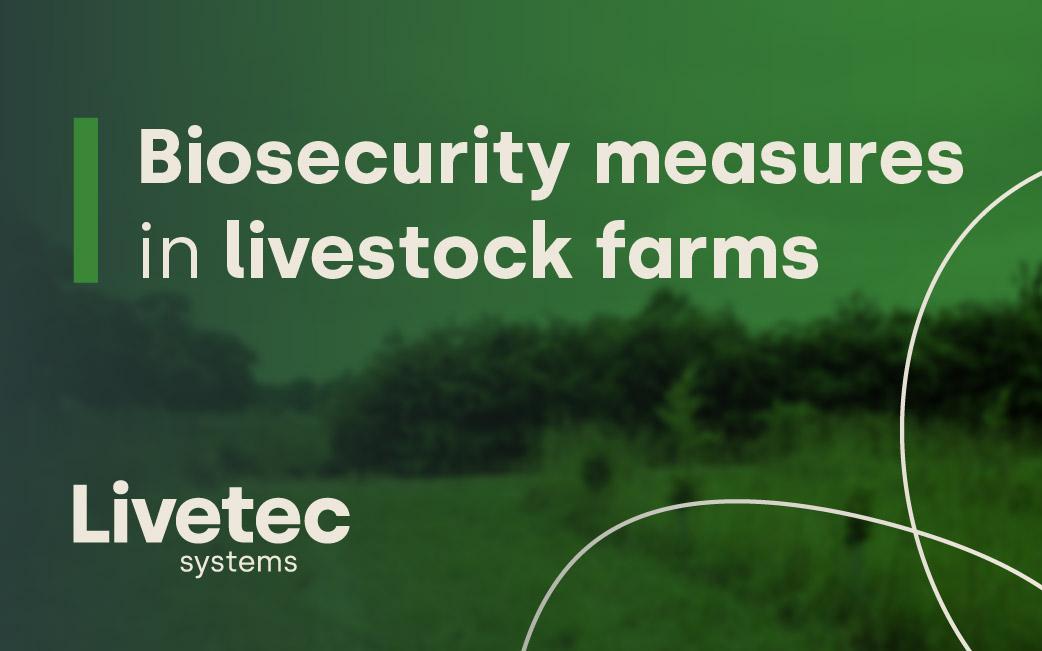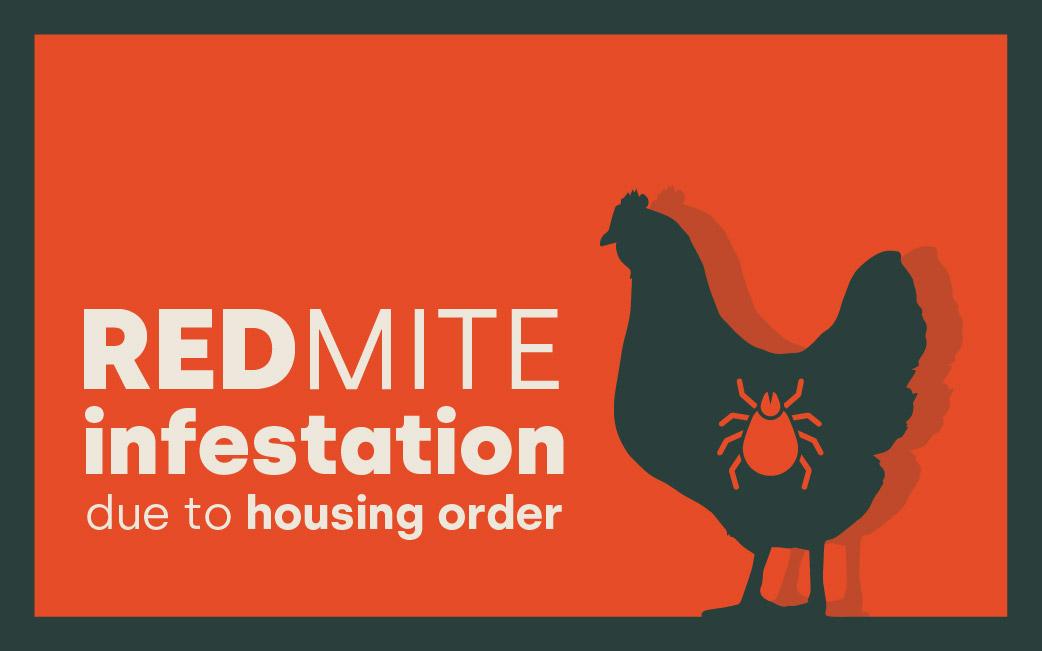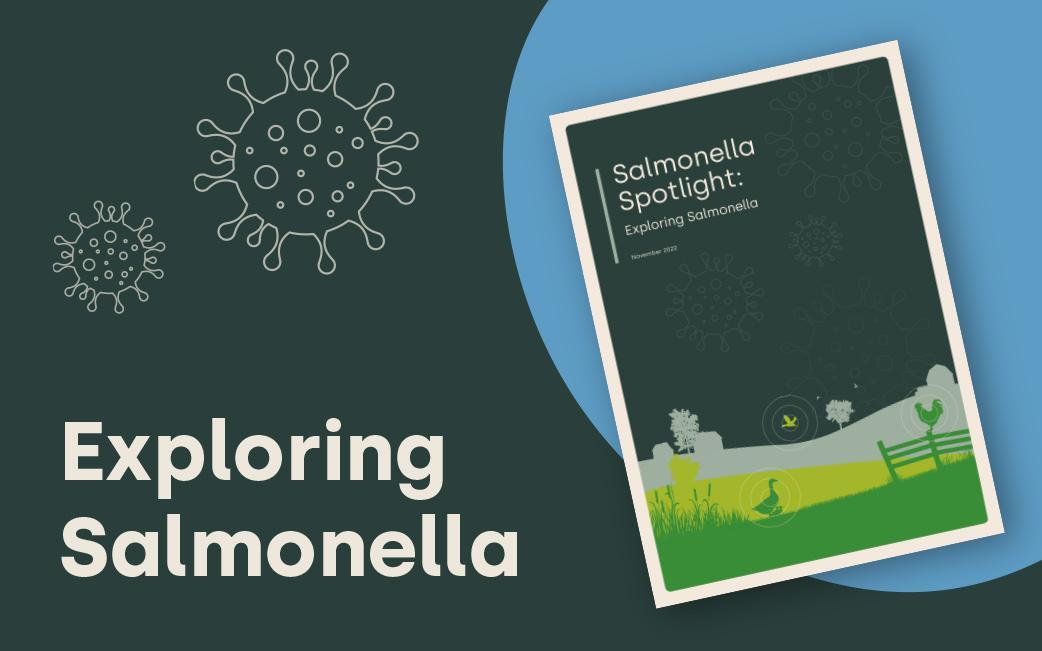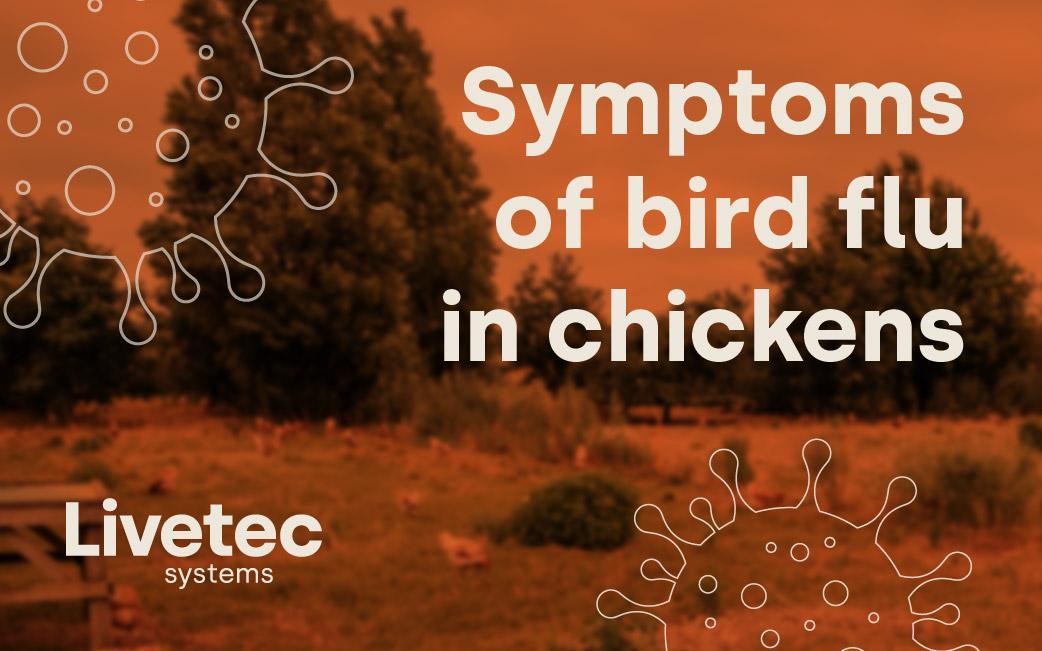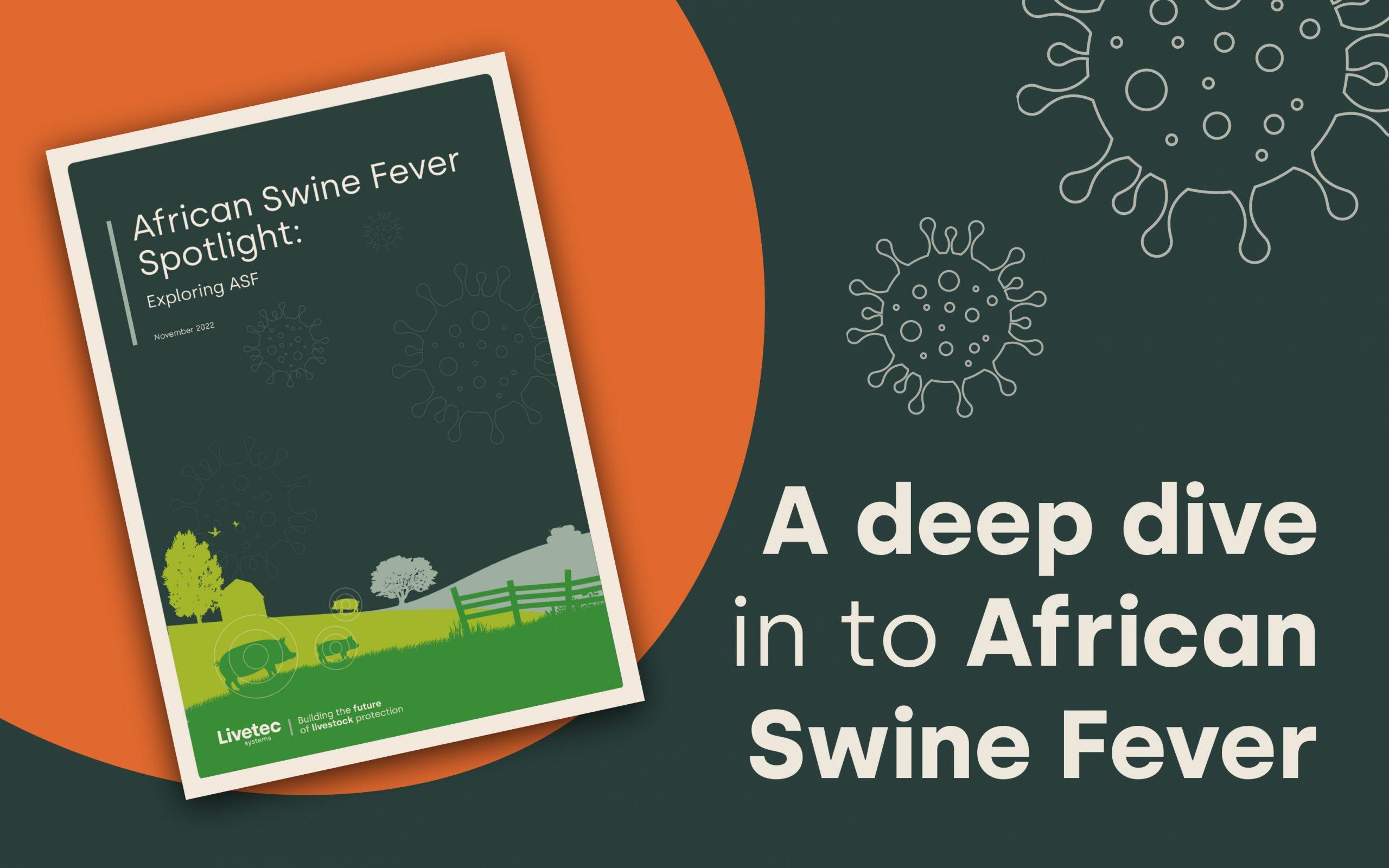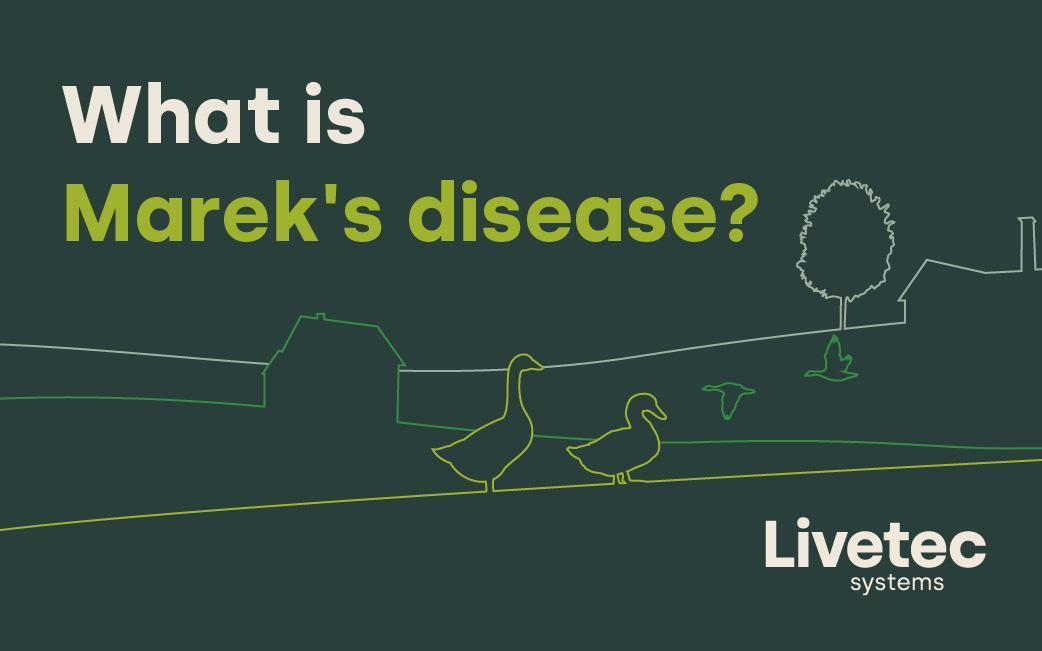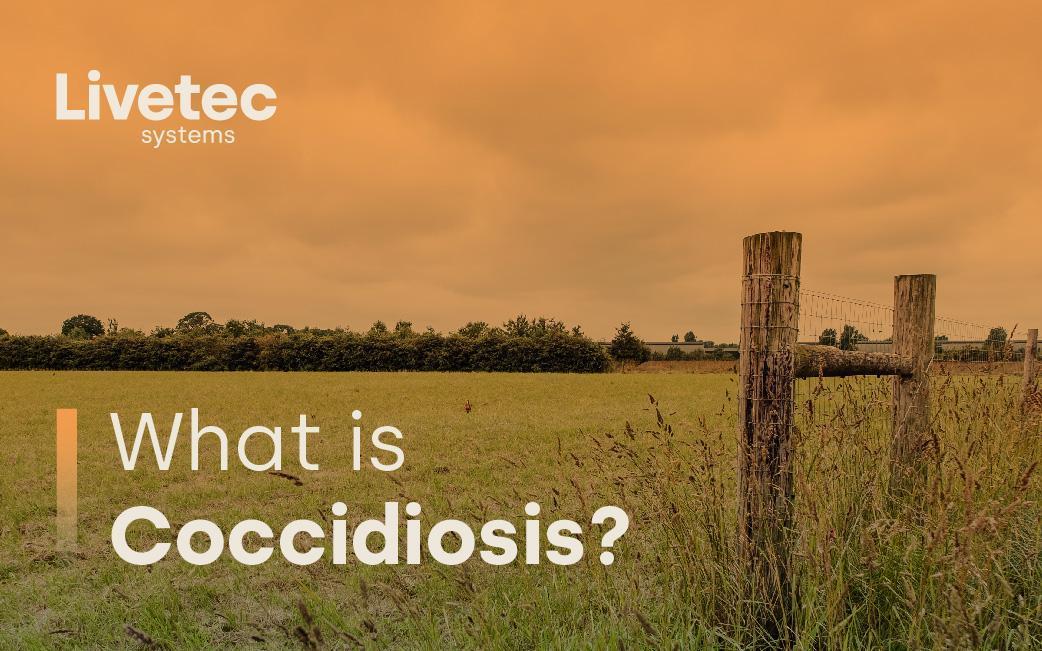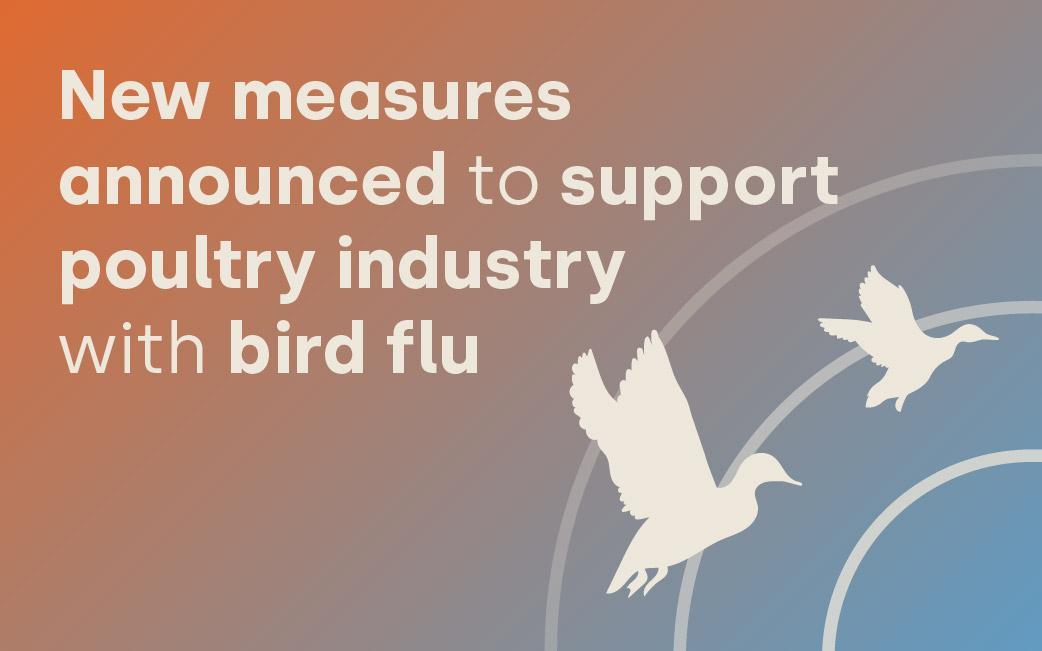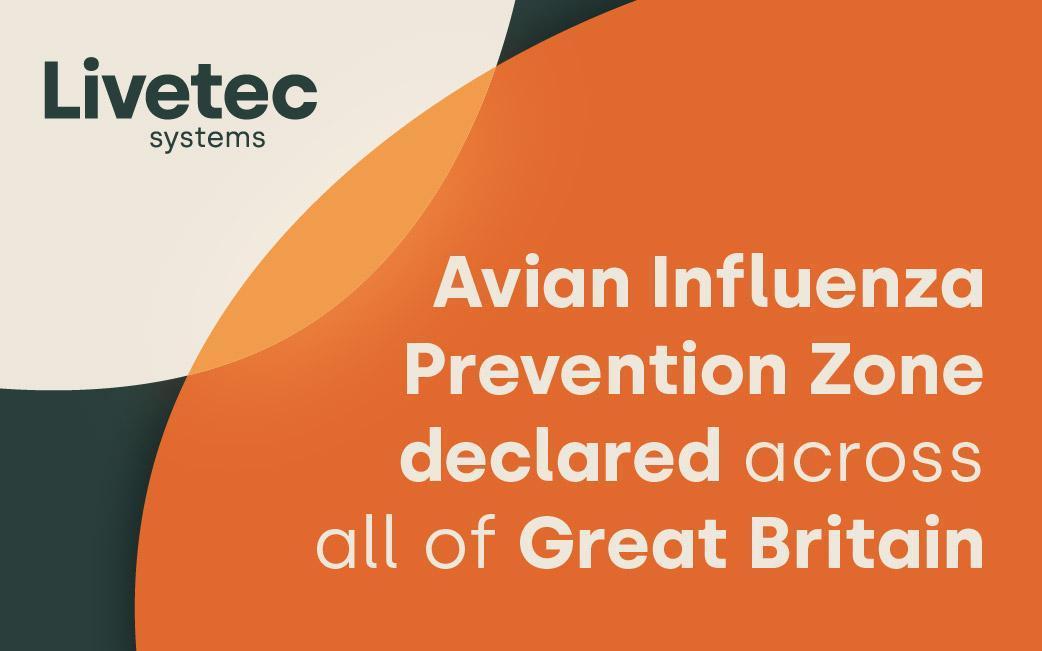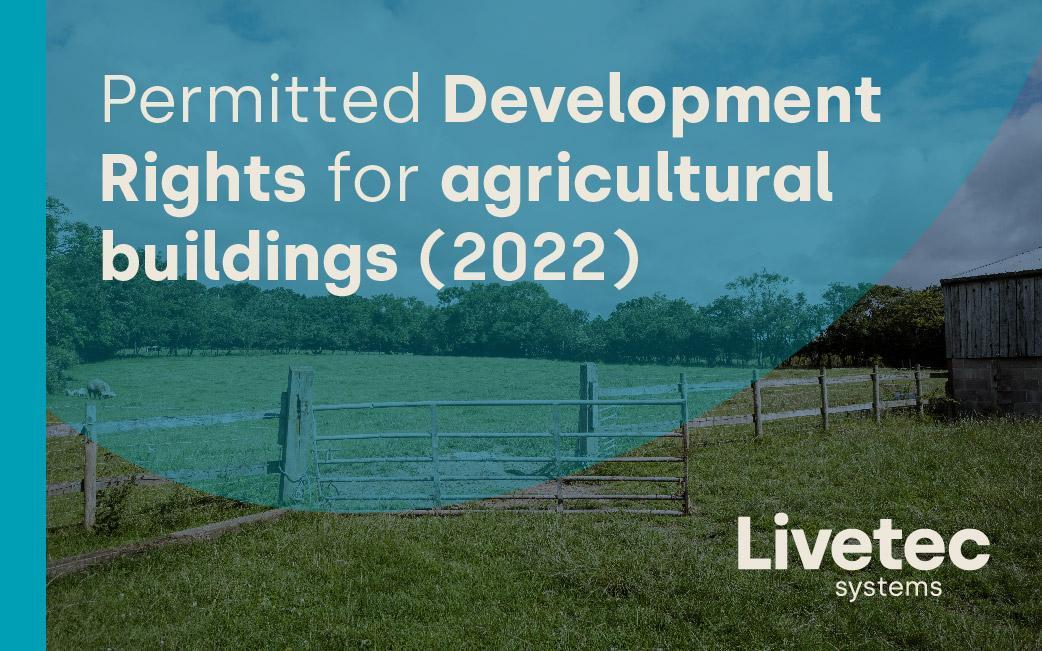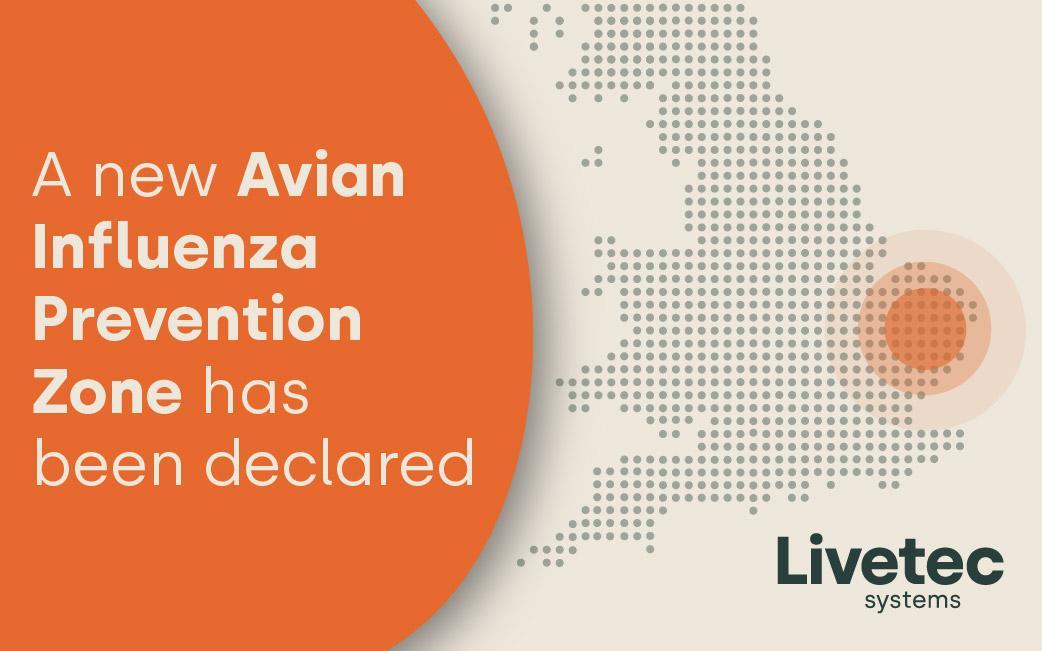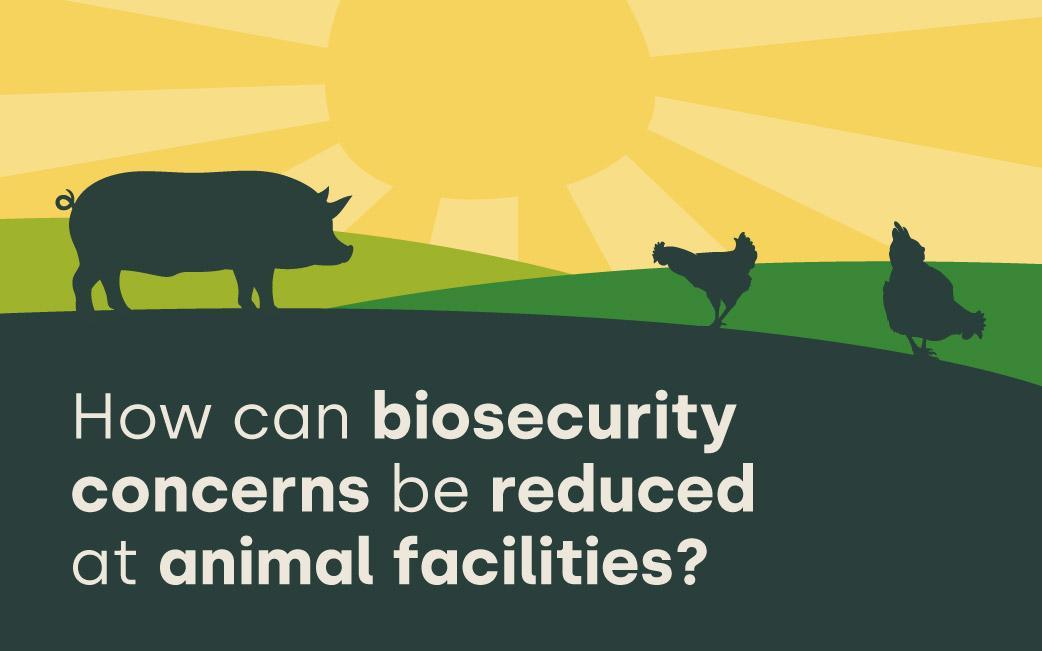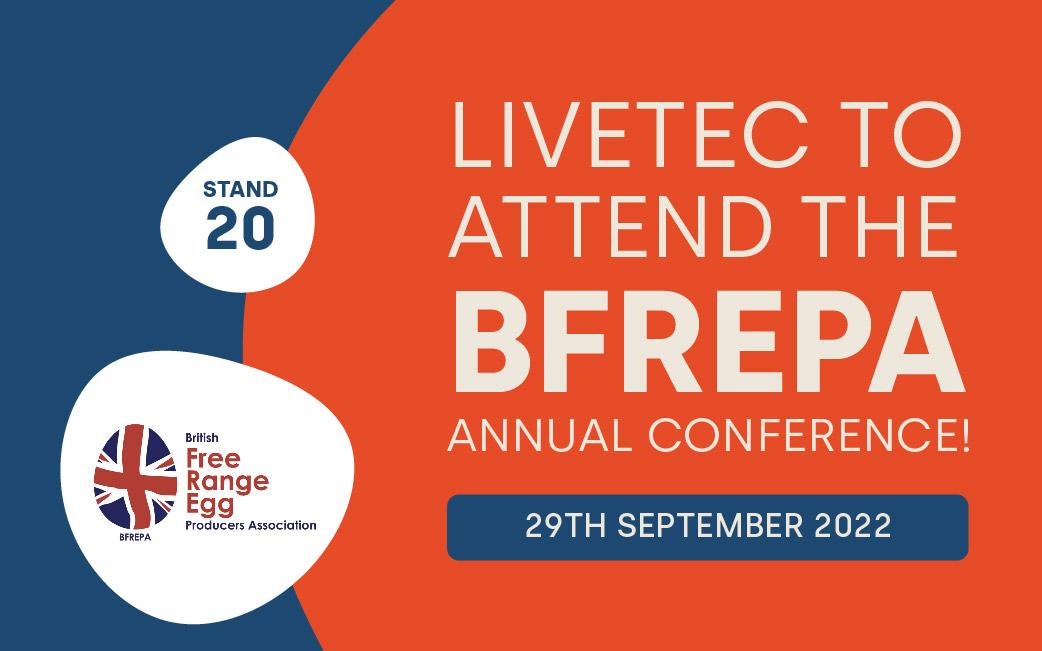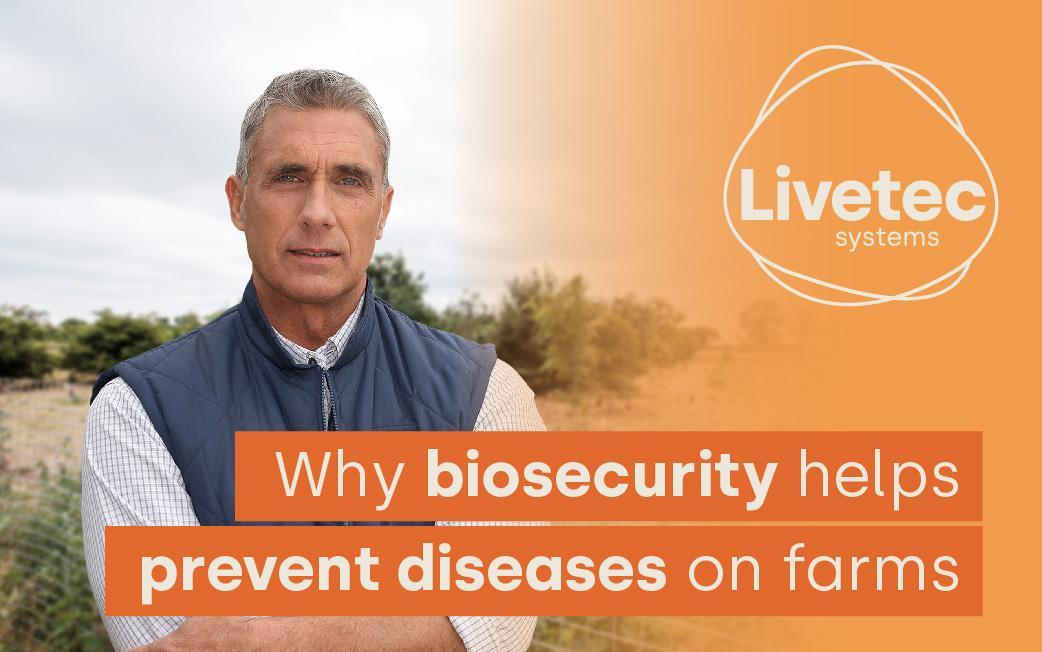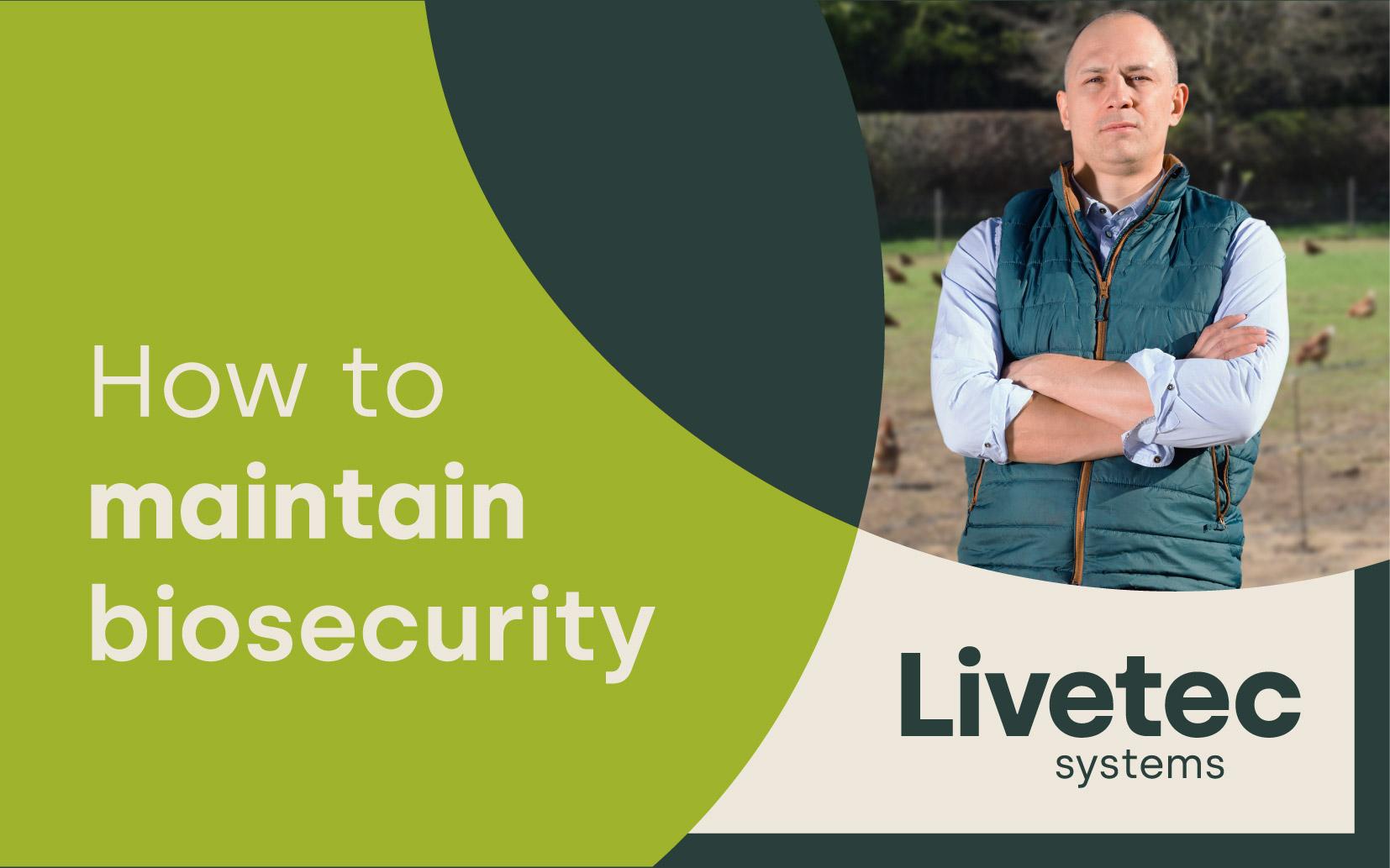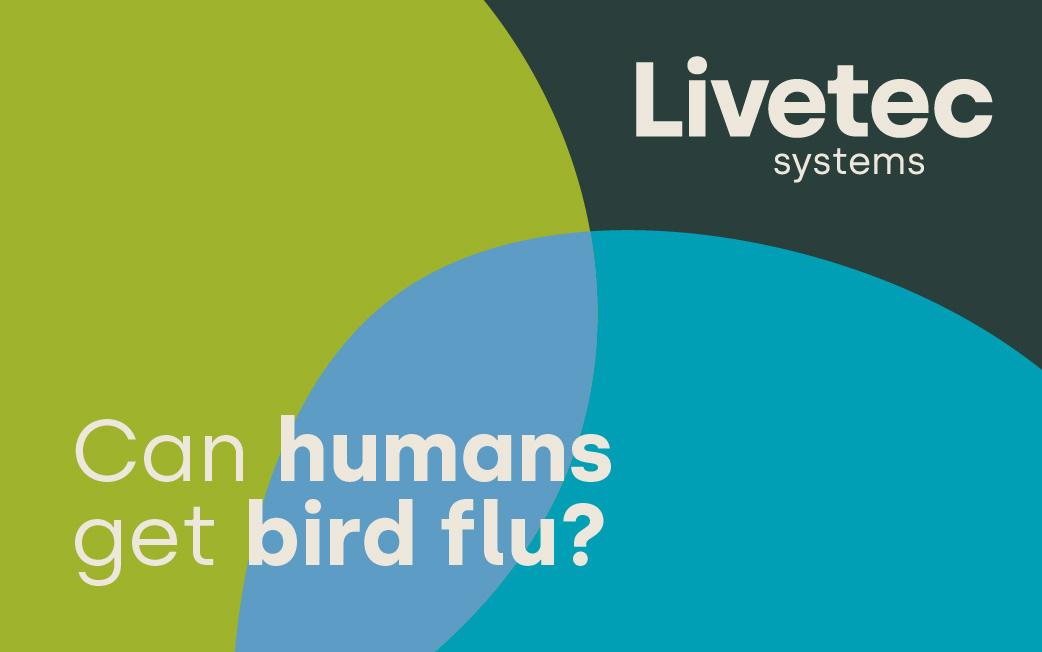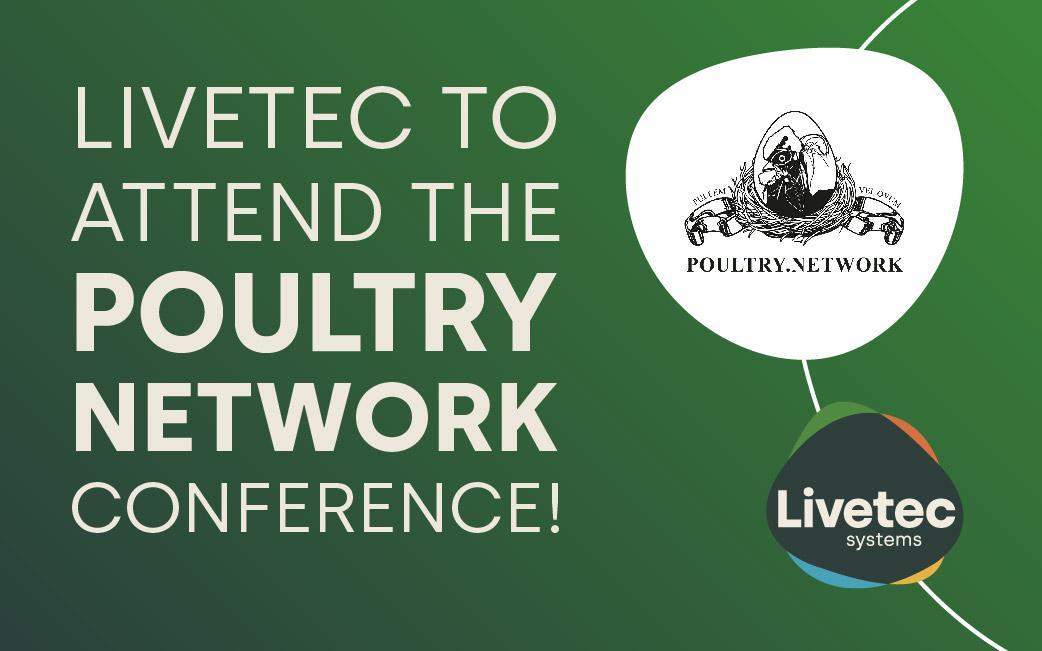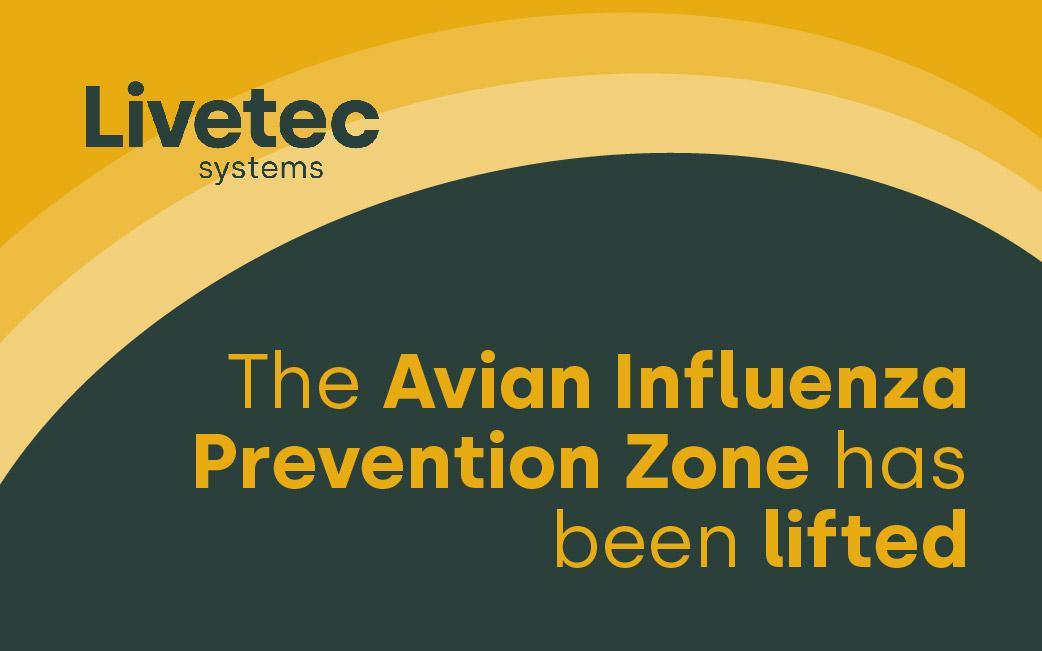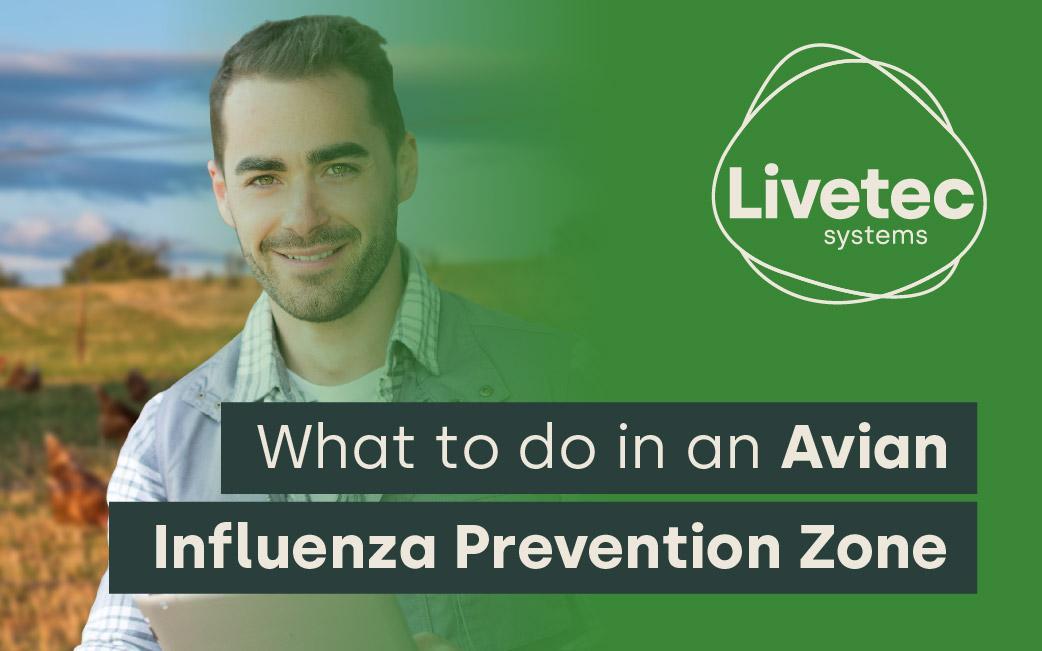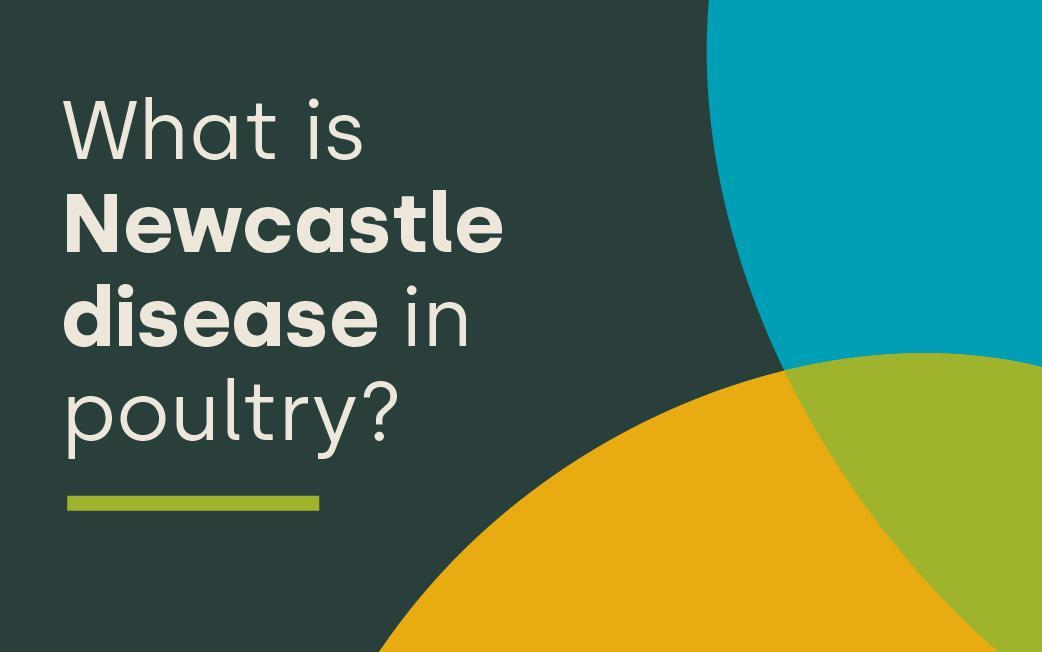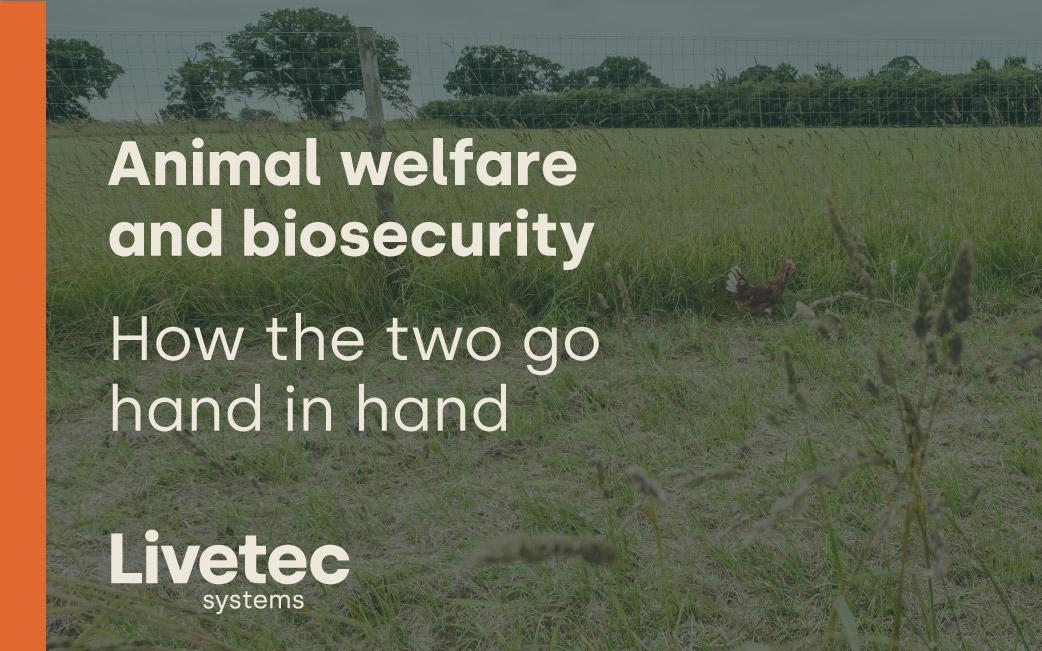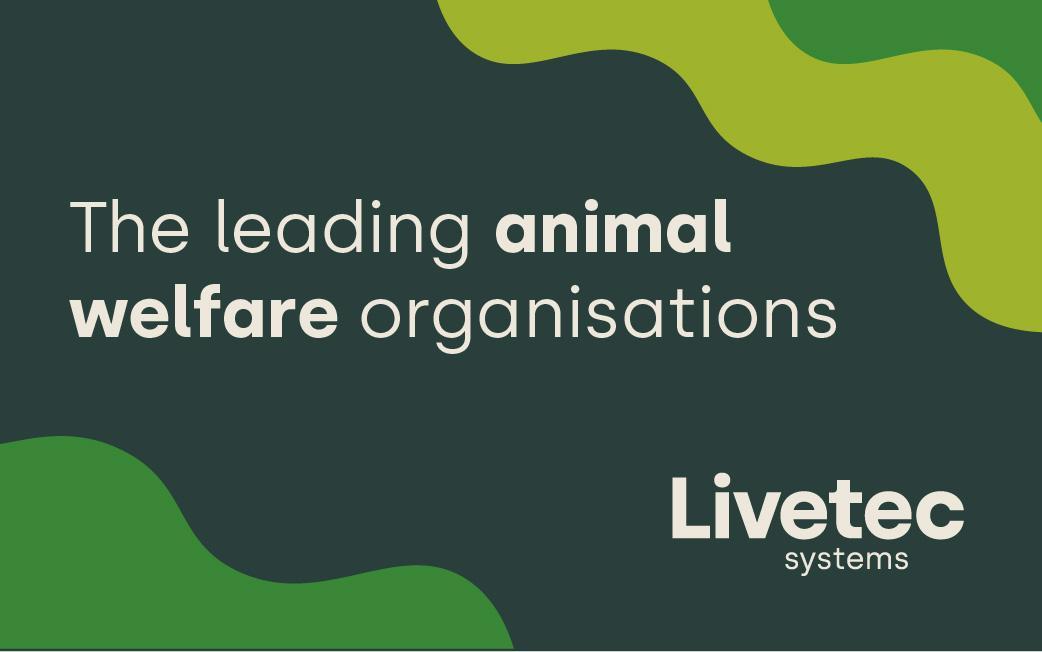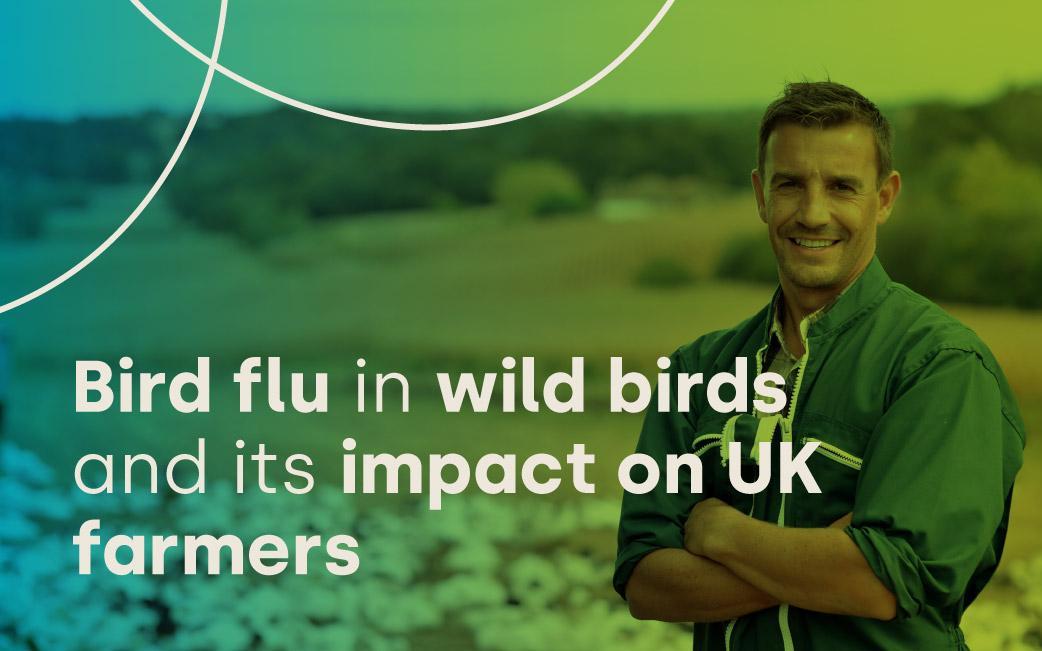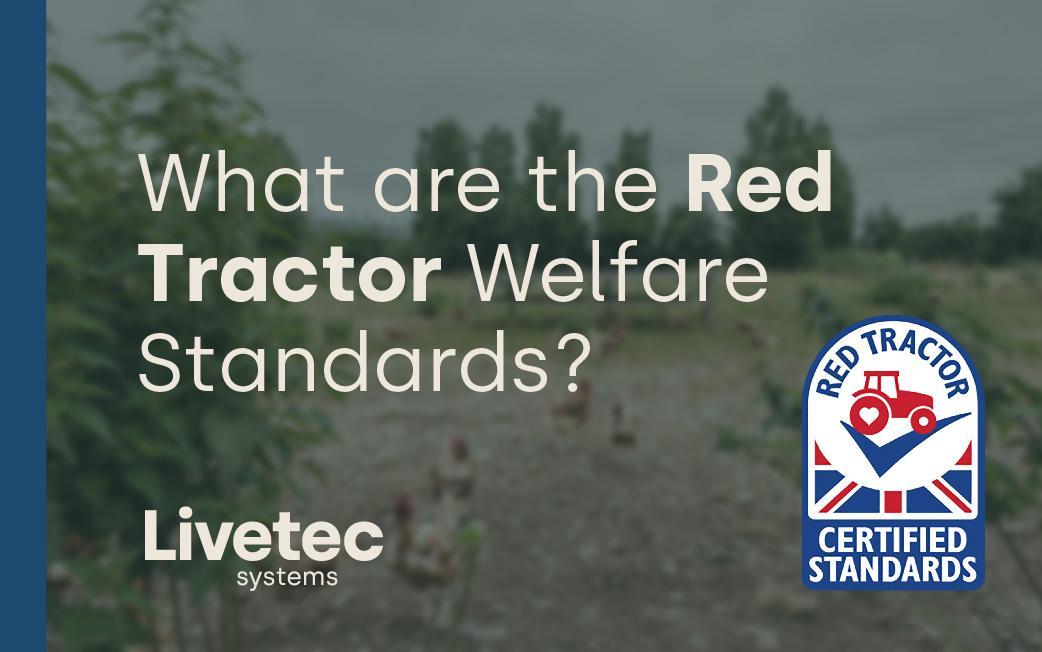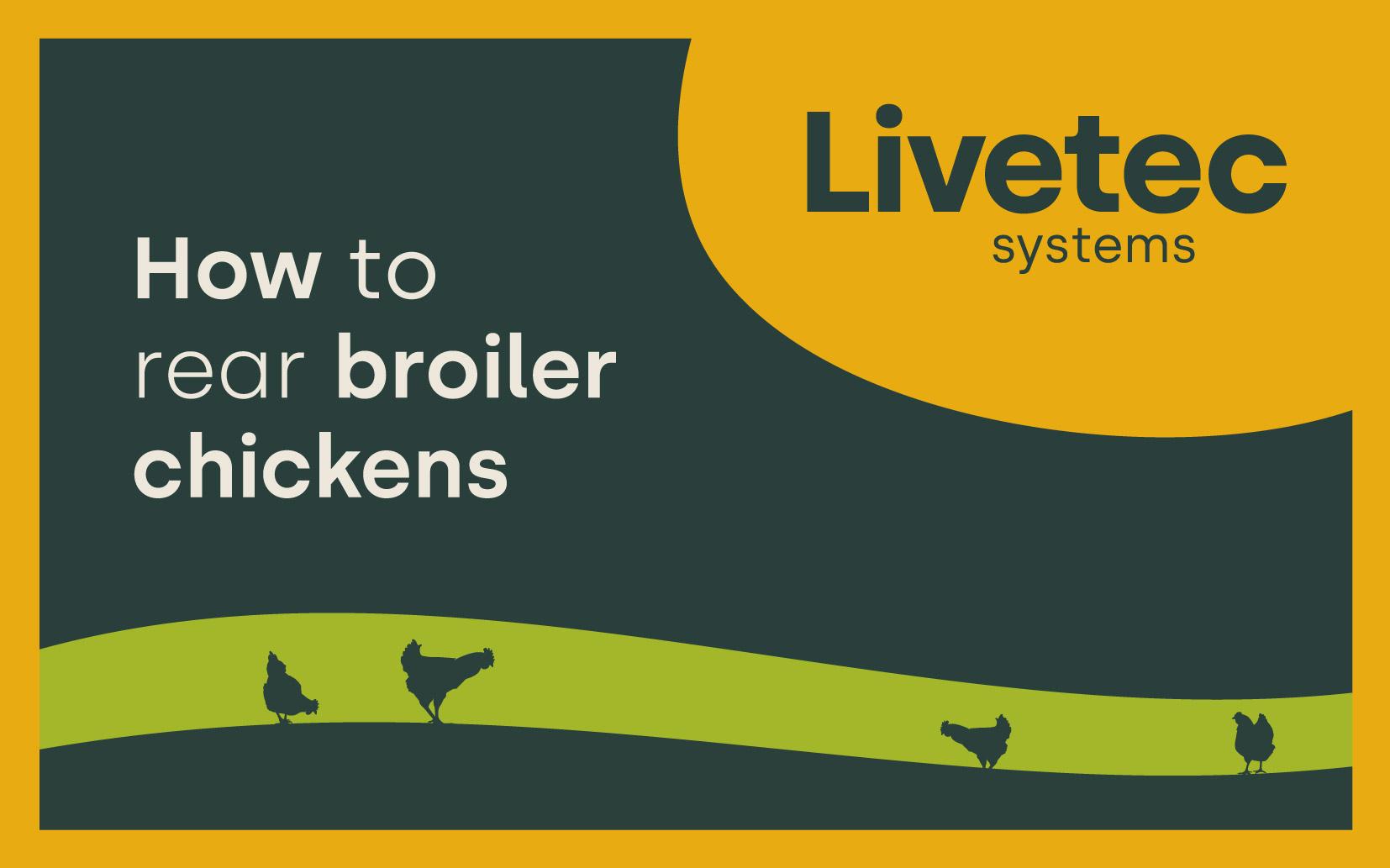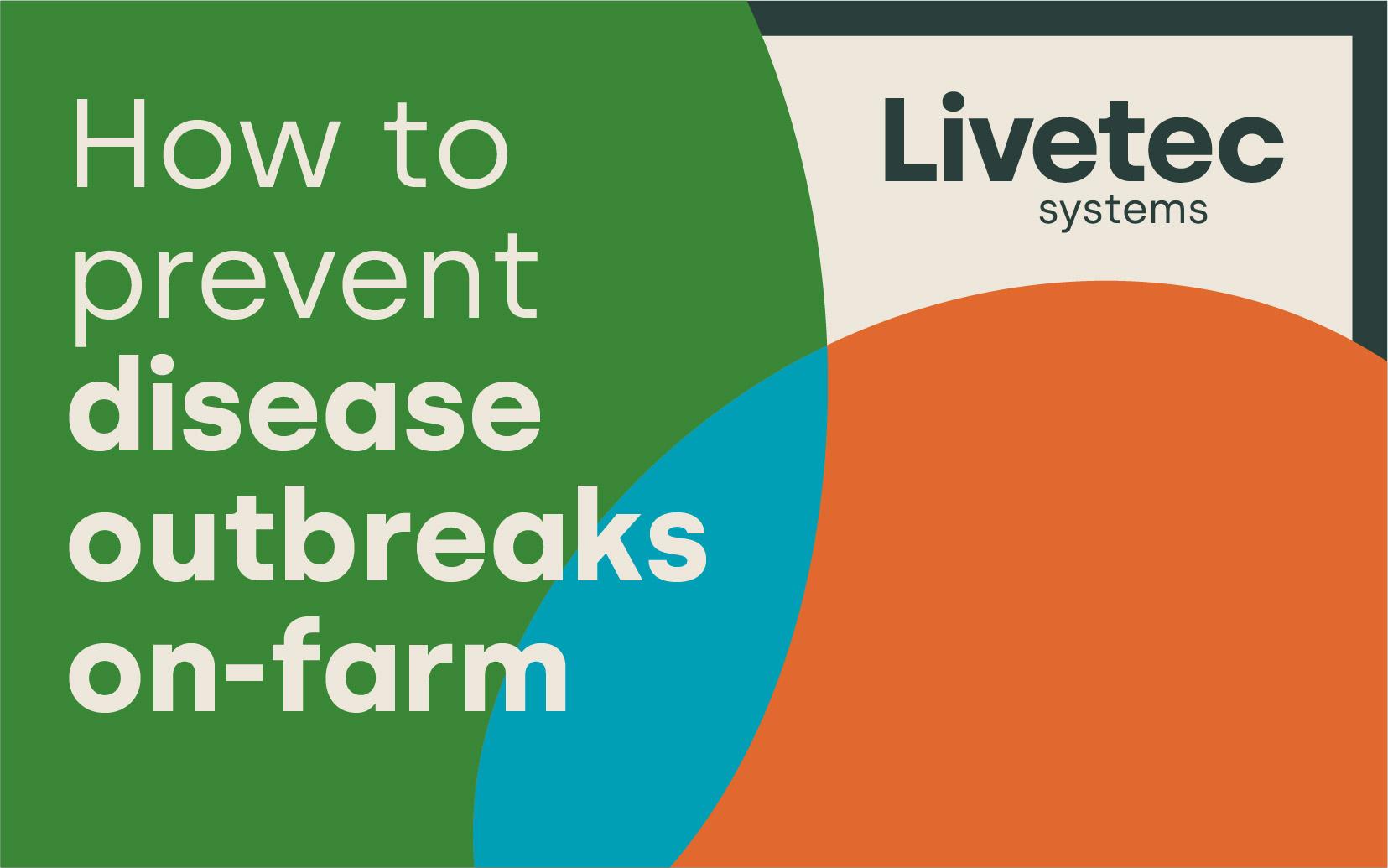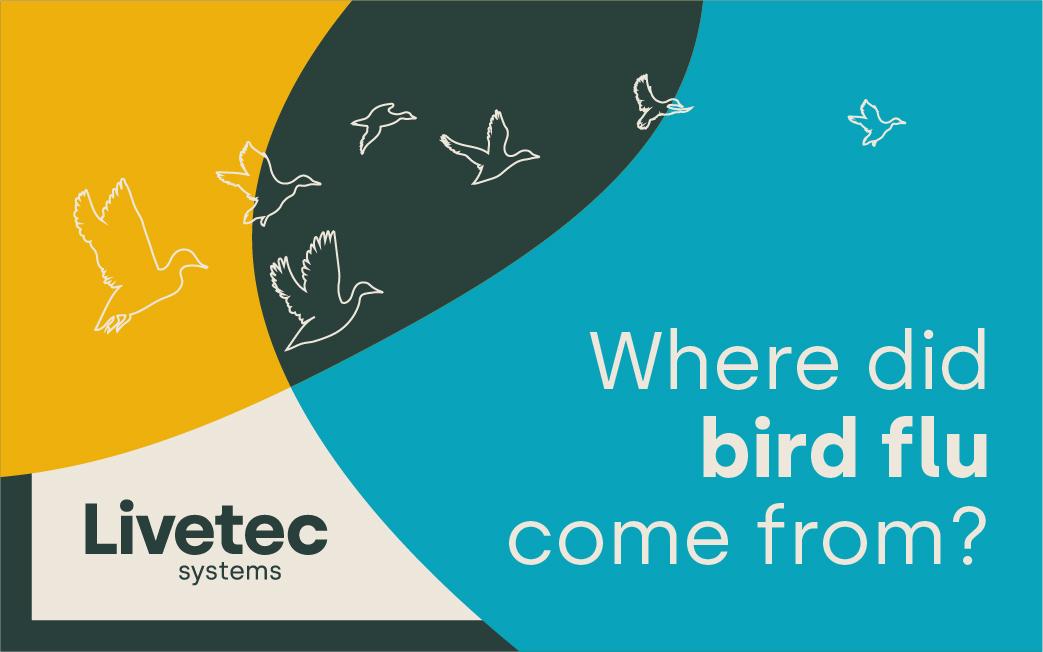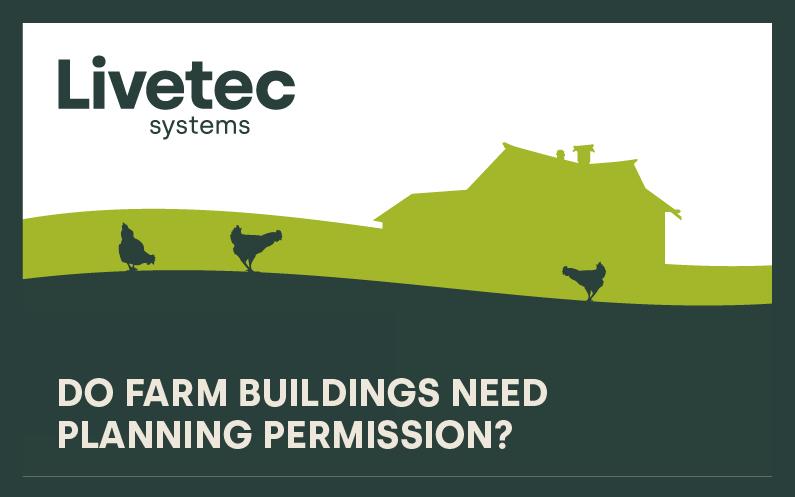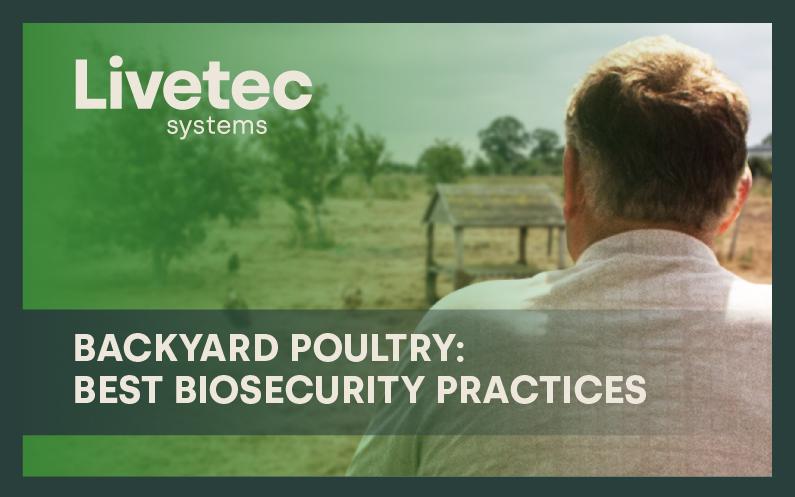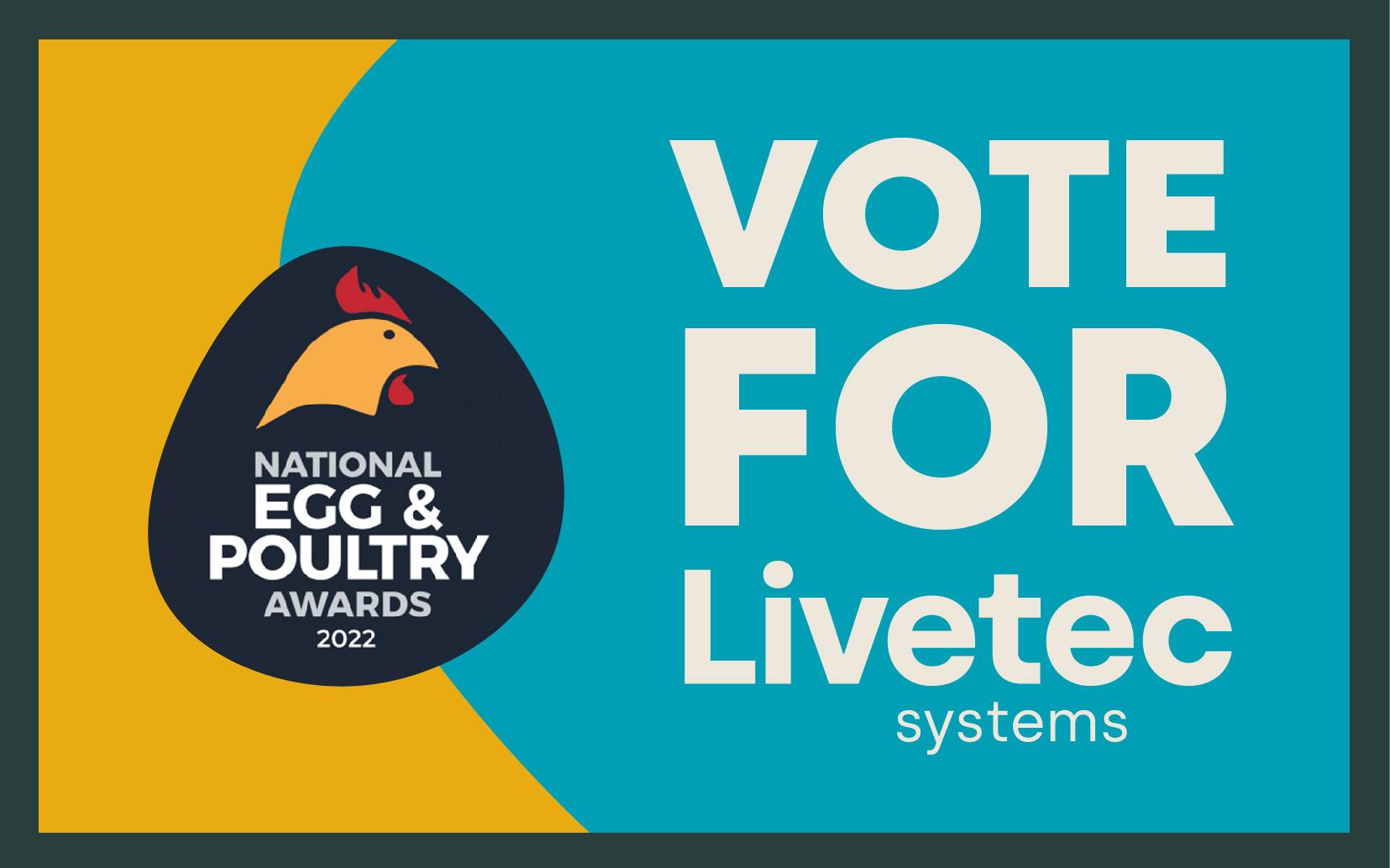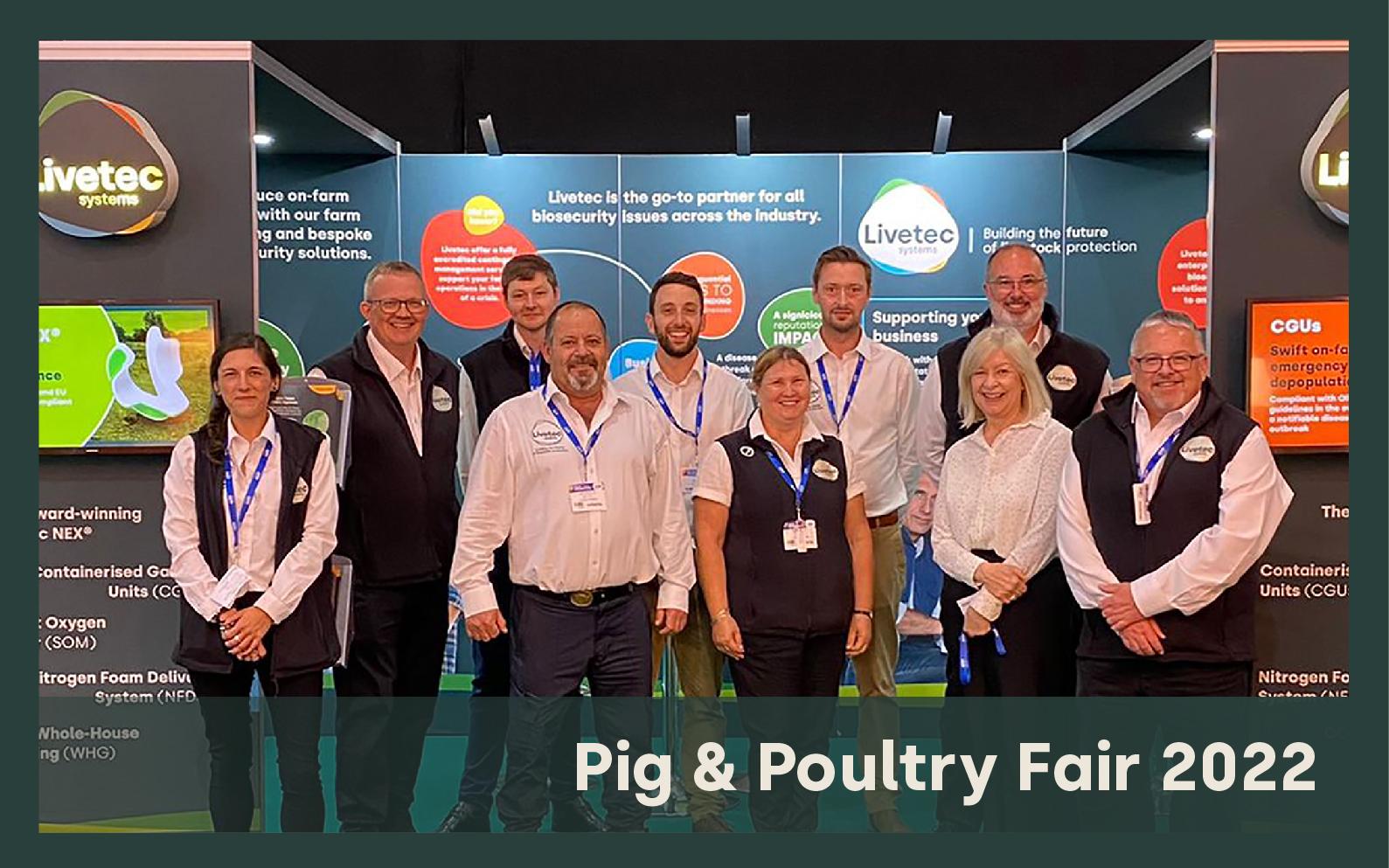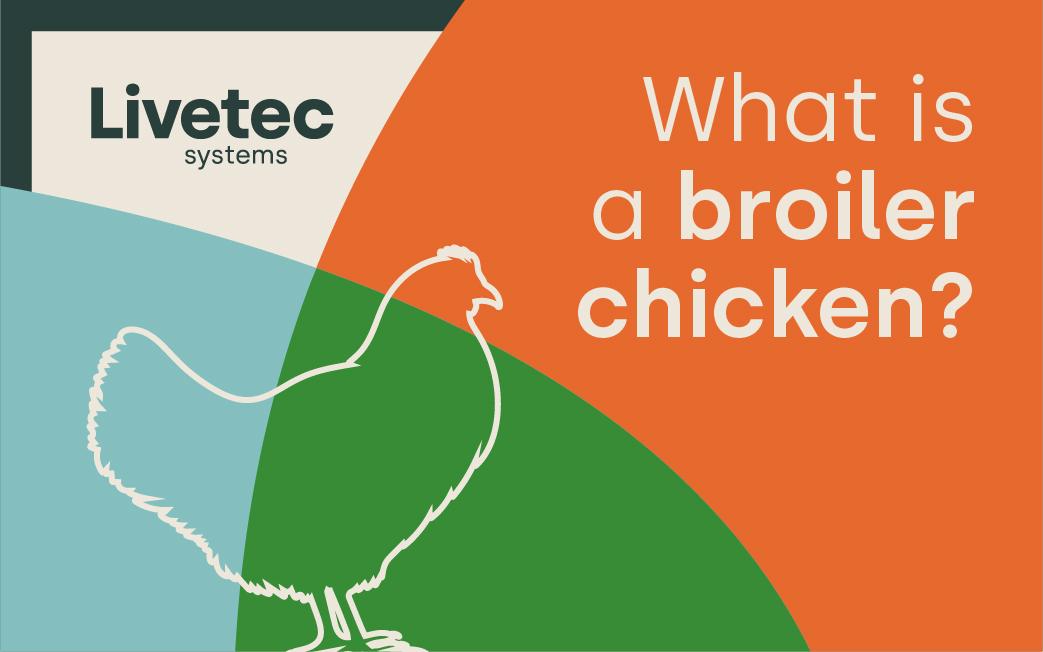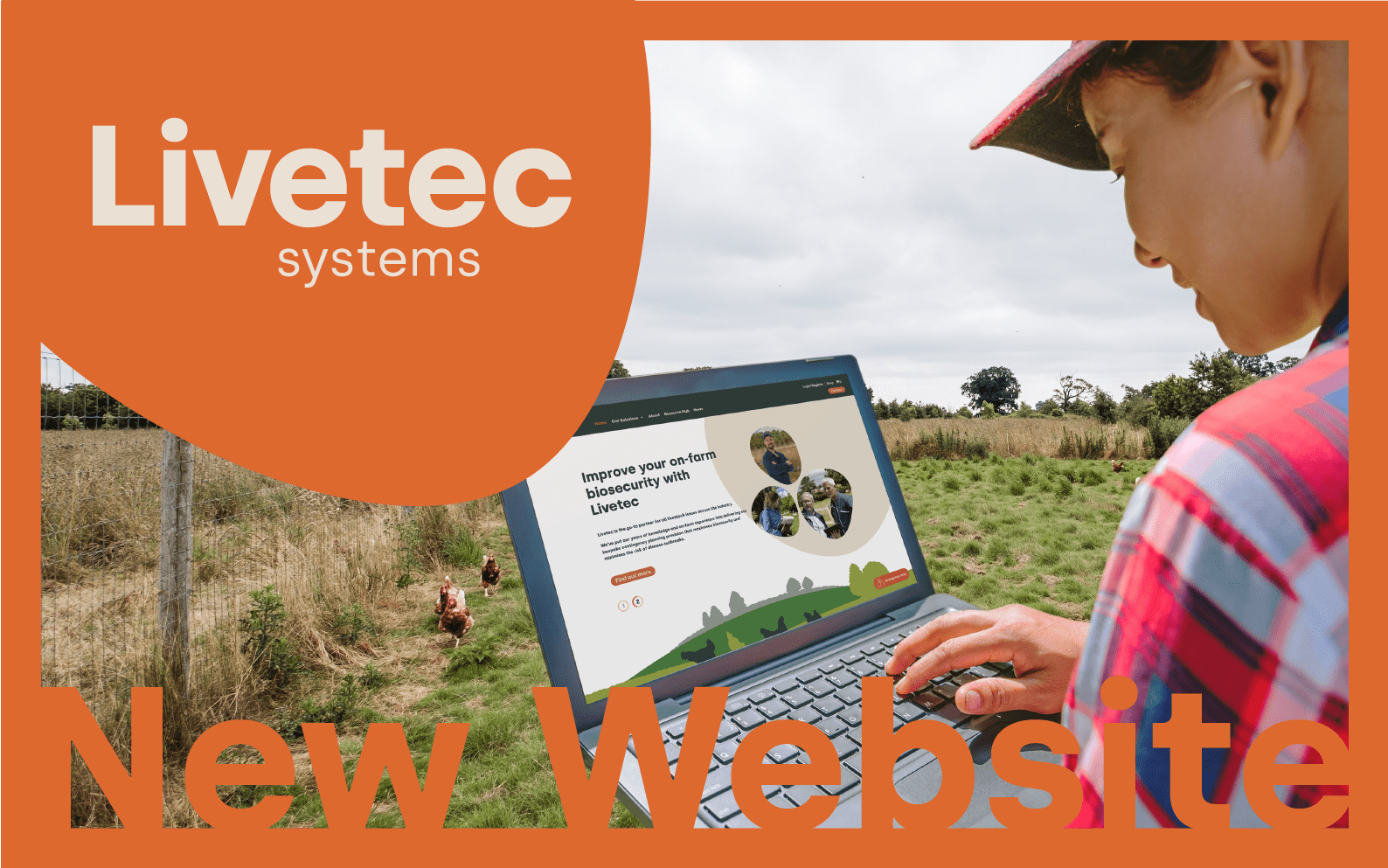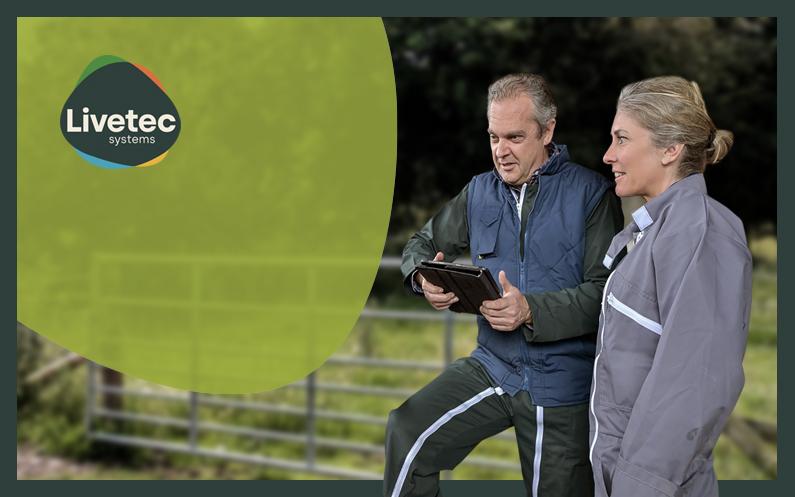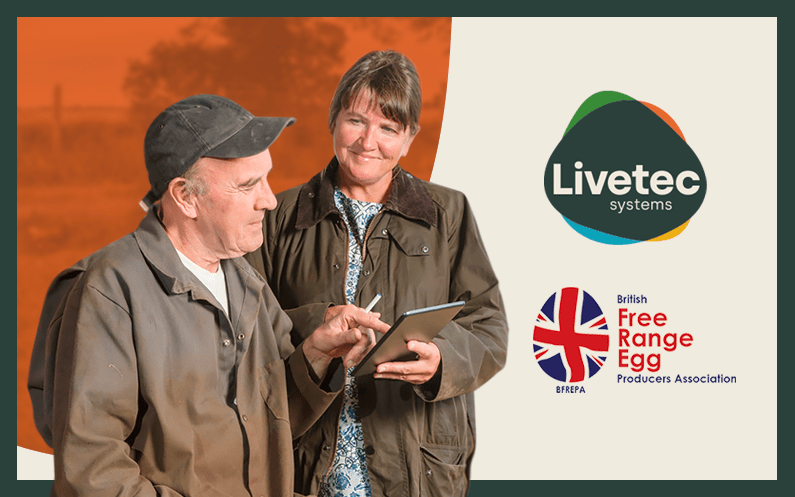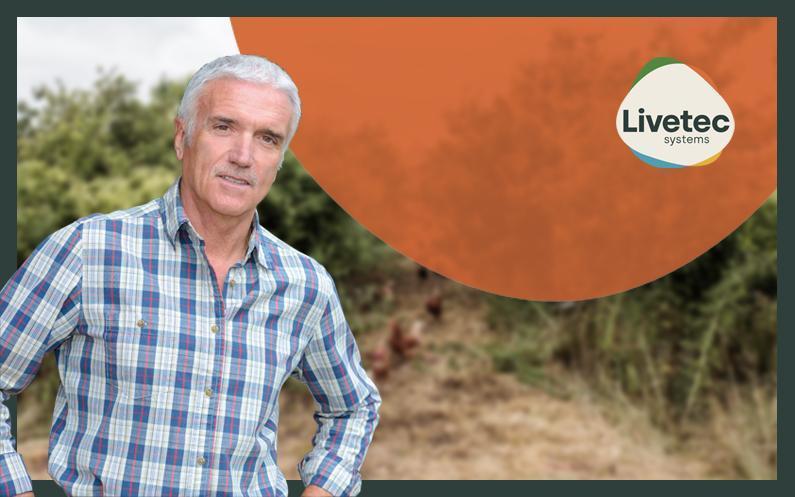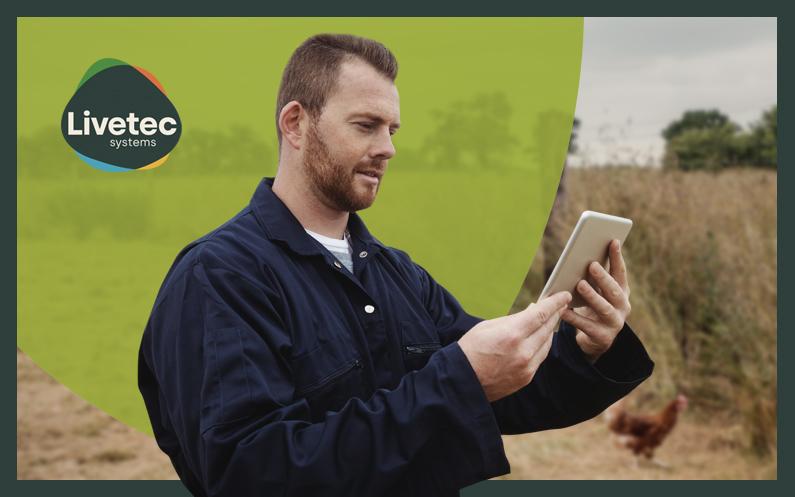In partnership with AHDB and NPA, we recently held our third African Swine Fever (ASF) workshop at Rattlerow’s headquarters in Stradbroke. Rattlerow is one of the UK’s leading pig breeding companies, supplying high-quality genetics and supporting innovation across the industry, making it a fitting location for this vital discussion. The session was led by on-farm biosecurity experts Dr. Paul Talling and Amy Davies, and brought together farmers, vets, and industry professionals to explore the realities of ASF preparedness.
ASF is one of the most serious threats facing the pig industry today. While the UK remains free of the disease, its spread across Europe has shown how quickly it can devastate herds, halt trade, and damage livelihoods. Between January and mid-August 2025, 519 outbreaks in domestic pigs were reported across Europe, primarily in Romania and Serbia. Meanwhile, wild boar cases have surged as far west as Germany, underscoring just how close the threat is to the UK.
The aim of this workshop was not to alarm, but to give farmers the tools, knowledge, and mindset needed to respond effectively should the worst happen.
The Hard Reality: Losing Control as an Infected Premises
Dr. Talling opened with an honest assessment of what happens if your farm becomes an infected premises (IP). Once ASF is confirmed, the Animal and Plant Health Agency (APHA) takes full control of the site. Farmers, managers, and even vets lose decision-making power overnight.
This sudden loss of control can be devastating for mental health. Drawing on his own experiences in poultry farming, Dr. Talling recalled how an inconclusive bird flu test just before Christmas left him with £150,000 of dressed stock in limbo. “Everyone stopped. Everything stopped. It was not a good place to be,” he said. That experience, along with the increasing risk from Avian Influenza, ultimately pushed him out of free range poultry farming.
The message was clear: while ASF may never strike your farm, you must be mentally and practically prepared for what it would mean.
Farmers as the First Line of Defence
Although the government plays a role in surveillance, the workshop stressed that farmers are most likely to detect ASF first. Early symptoms can be subtle, but stock men or women know their pigs best. Key warning signs include:
- Lethargy and unusual quietness.
- Unexplained deaths.
“As a stockman, you will know when your pigs aren’t well,” Dr. Talling explained. “That is the moment to act.” Swift reporting could make the difference between containing ASF or facilitating its spread.
Biosecurity: Indoors vs Outdoors
The UK pig sector is unusual, with 40% of the total UK sow (breeding) herd kept outdoors with many more additional pigs reared and finished outdoors also (AHDB). While this is a unique USP for our pig industry and enhances perceived pig welfare, it can also create a greater risk of uncontrolled disease spread, if ASF enters the country.
- Indoor units should, with good biosecurity, be secure against ASF. “There is no excuse for the virus being “walked” into a building,” Dr. Talling emphasised. Indoor systems allow farmers to control who and what comes in and out of the unit, and therefore every breach is preventable. Strong perimeter controls, a single point of entry, clean and dirty zones, and enforced use of protective clothing and boots mean that ASF should never find a route inside
- Outdoor systems are exposed to disease incursion through wildlife/people movements and range contamination. Wild boar has undoubtably moved the virus about Europe but populations in the UK are very small so virus movement in this country will be much more to do with the physical, (and frequent), movement of pigs from farm to farm with the vehicles themselves and drivers being particularly high risk. Wild boar hunters returning from the continent could also initiate or spread the disease from contaminated clothing or boots.
Simple measures: restricting unit access, supplying clean boots and clothing for visitors, and keeping feed deliveries at the farm periphery on free range units, remain vital lines of defence.
Planning for 40 Days of Standstill
One of the most practical aspects of the workshop was to start formulating contingency plans.
If ASF reaches the UK, expect at least 40 days of movement restrictions in affected zones. For pig farms, this could mean:
- Welfare challenges from overcrowding due to halted pig movements.
- Disrupted breeding cycles.
- Issues with removal of muck/slurry and provision of feed and bedding.
- Every movement, even children leaving a farmhouse to go to school, could require a license in the early stages of an outbreak.
Preparing for such scenarios in advance can reduce panic, costs, and stress. Farms should have a contingency pack ready, with accurate visitor records, stock maps, and key contact details. Good organisation not only helps your business but will also strengthen the relationships with APHA vets, often ensuring faster, streamlined responses.
The Mental Health Dimension
Throughout the day, the workshop highlighted the human cost of ASF. Being the first farm hit could bring unfair blame, online scrutiny, and isolation within farming communities. For staff, involvement in culls or prolonged restrictions can also be deeply distressing.
Dr. Talling warned: “You can very quickly become a pariah.” The need for mental health awareness, openness, and support within farming businesses is as critical as biosecurity itself.
Shared Responsibility
Ultimately, ASF prevention is a shared responsibility. While the government can help with surveillance and response, the workshop made clear that everyday farm practices by farm staff and visitors will determine whether ASF spreads or stops.
As Dr. Talling put it: “Learn to identify the real risks. For example, lorries entering the site. It’s not the wheels of the lorry, it’s the driver’s footwell that’s the biggest risk. An expensive wheel wash doesn’t negate this risk!”
Educating staff, visitors and supply partners to engender a shared appreciation of farm biosecurity protocols should always be an important part of creating a practical and workable contingency plan.
That message resonated strongly with those attending from across Rattlerow. As Charlotte Forbes, Technical and Marketing Sales Manager, reflected:
“The ASF workshop was attended by people from across many different areas of the Rattlerow business. The content was sobering and a real eye opener, however we are all so glad to have had the opportunity to take part in this event and get a better understanding of what series of events could be expected if the worst were to happen. I myself used to run one of Rattlerow’s multiplication units and now work on the sales team, so I feel like I got to take away some key messages that I can reiterate when visiting customers- not least the importance of good biosecurity at all times and keeping accurate records of visitors and movements on and off units. Thanks again to all who facilitated what was a well run and informative day!”
Her perspective highlights how the workshop not only informed but also equipped staff at different levels of the business to carry these lessons forward into daily practice and customer conversations.
Conclusion: Preparedness is Power
The third ASF workshop at Rattlerow reinforced a central message: vigilance, preparation, and resilience are our best defences against ASF.
By planning now, reviewing biosecurity, training staff to spot signs, and building robust contingency plans, farmers can protect not only their herds and their livelihoods but the wider pig community/industry.
As Amy Davies summarised in closing: “Don’t wait until ASF is here. Plan now, not later.”
Take Action Today
Every day without a plan is a risk you can’t afford. Protect your pigs, your business, and your peace of mind by putting strong, appropriate biosecurity and contingency measures in place.
Click here to access expert guidance, contingency planning tools, and tailored support for your farm.





































